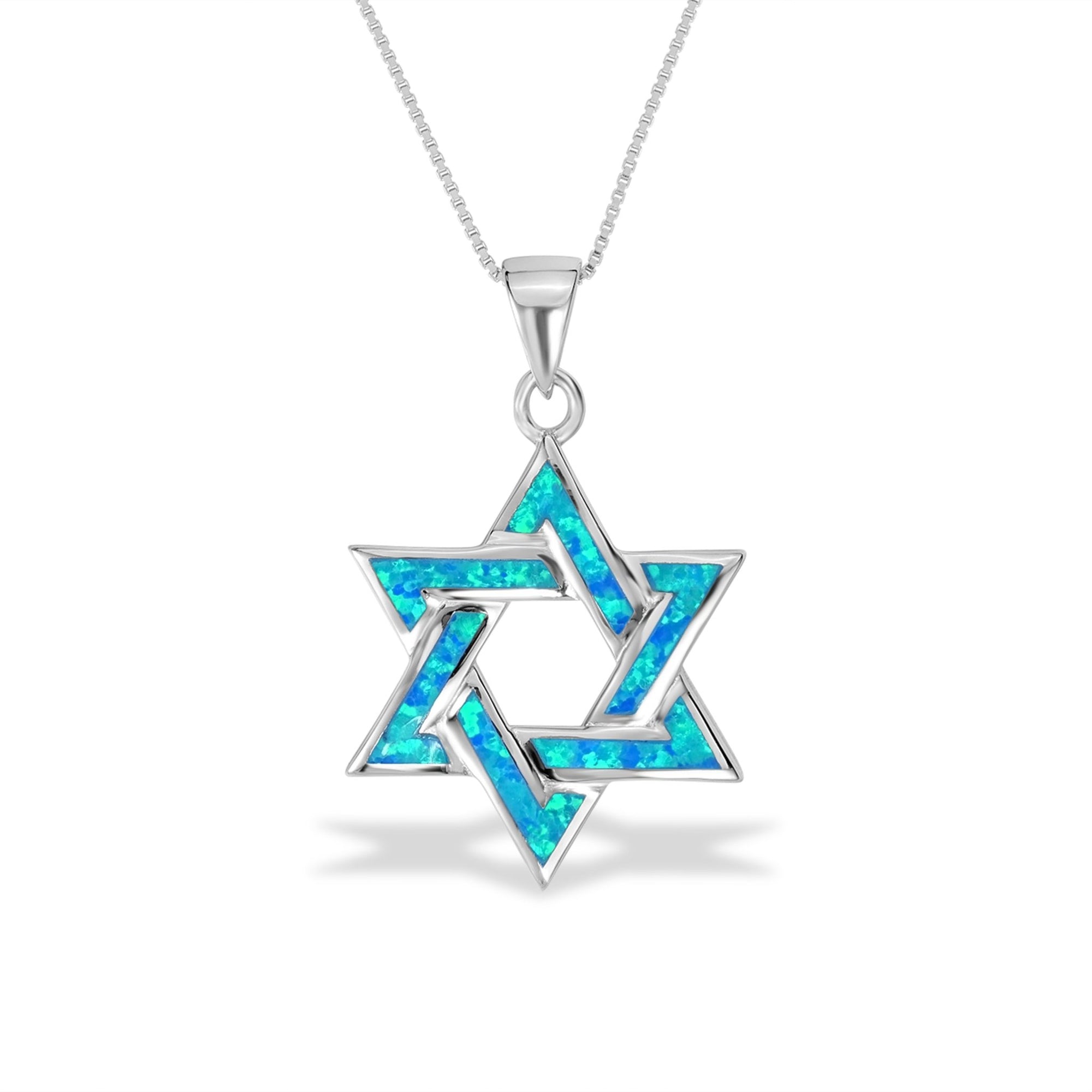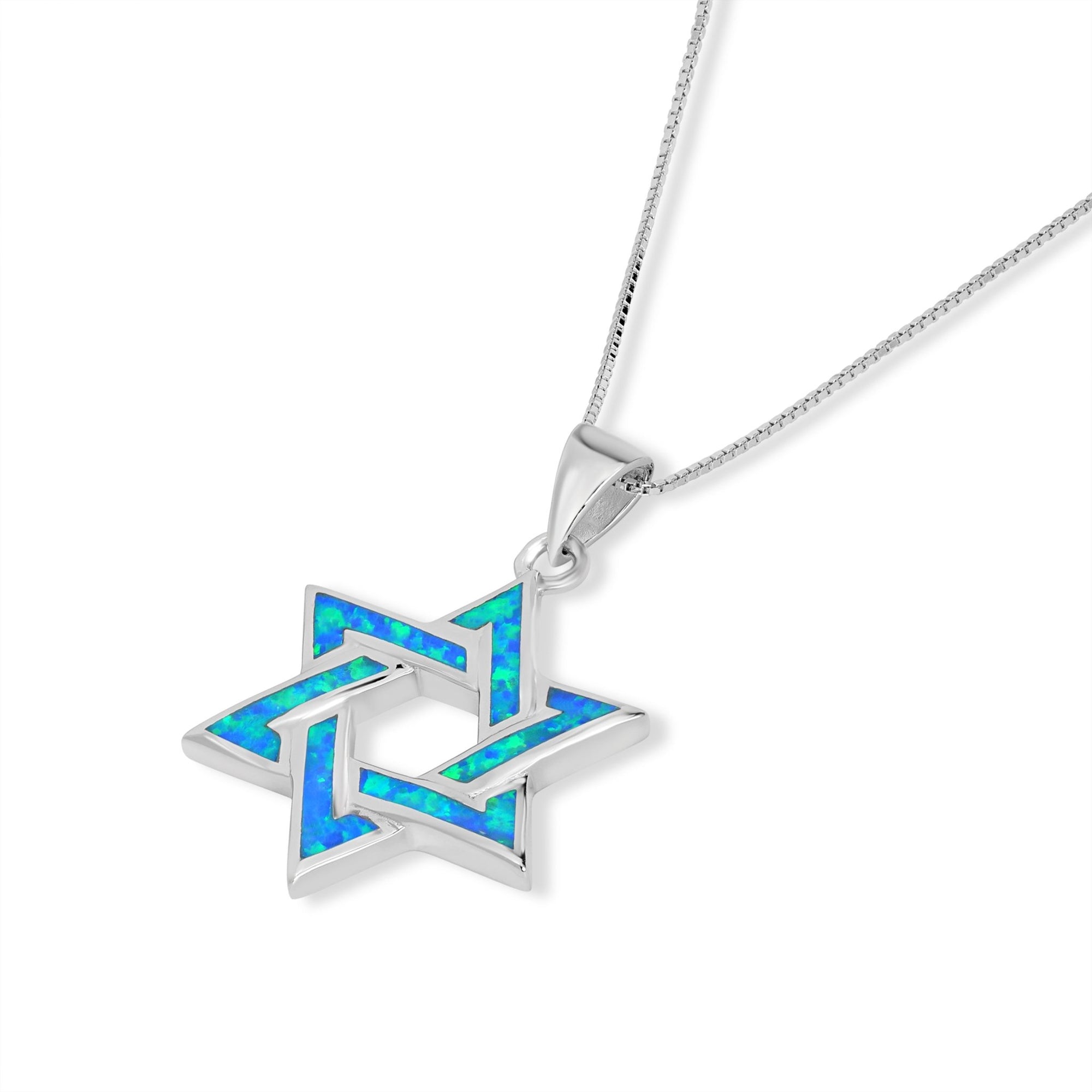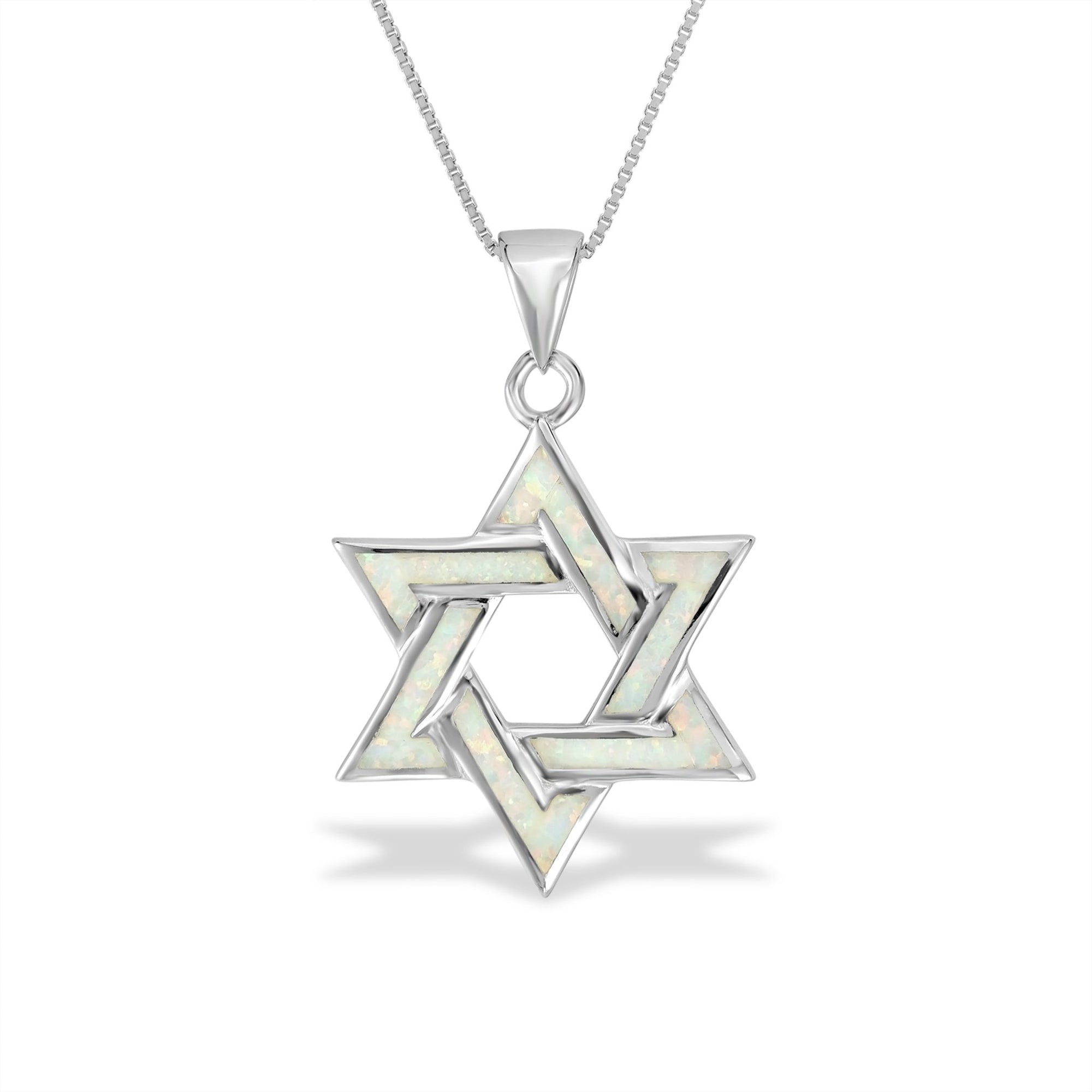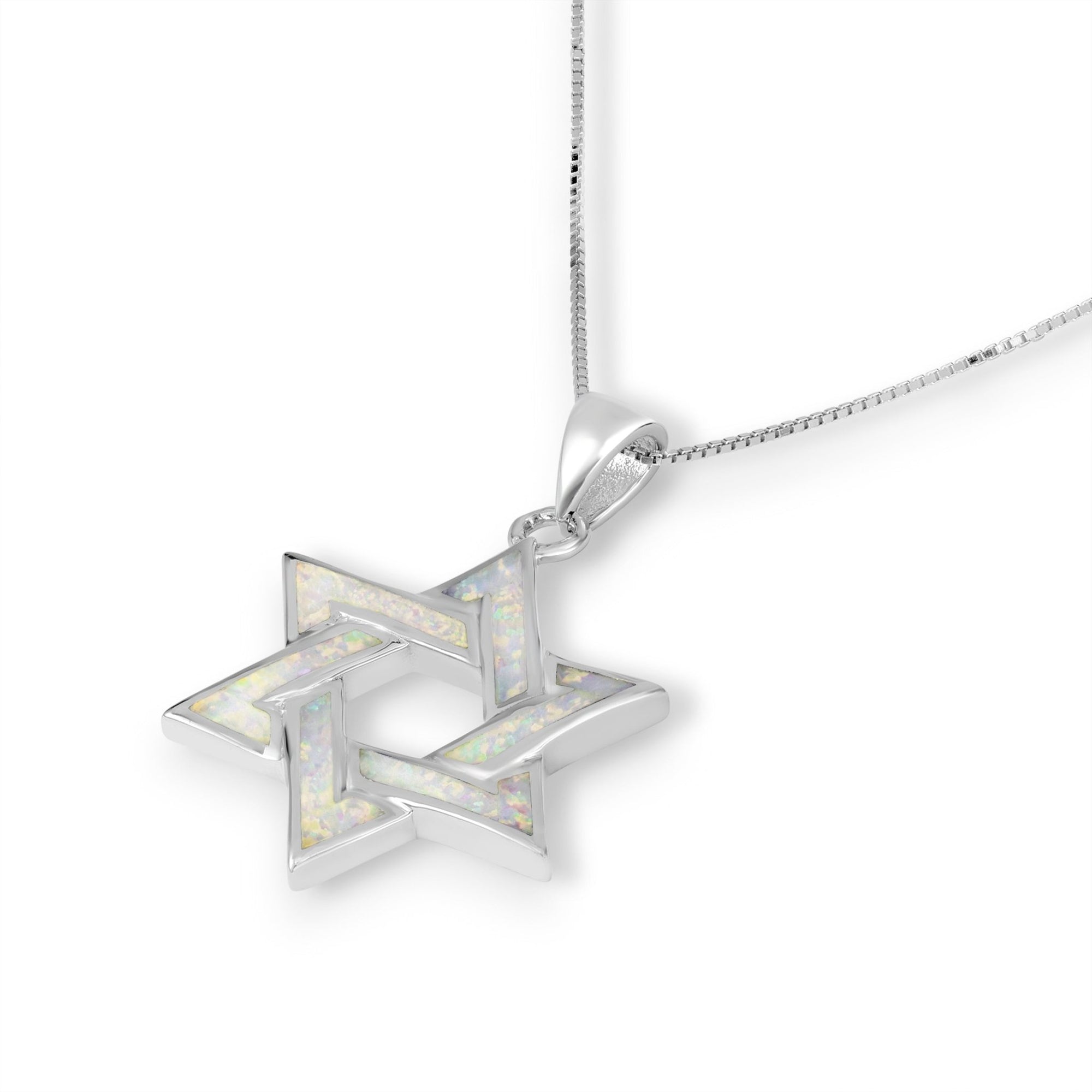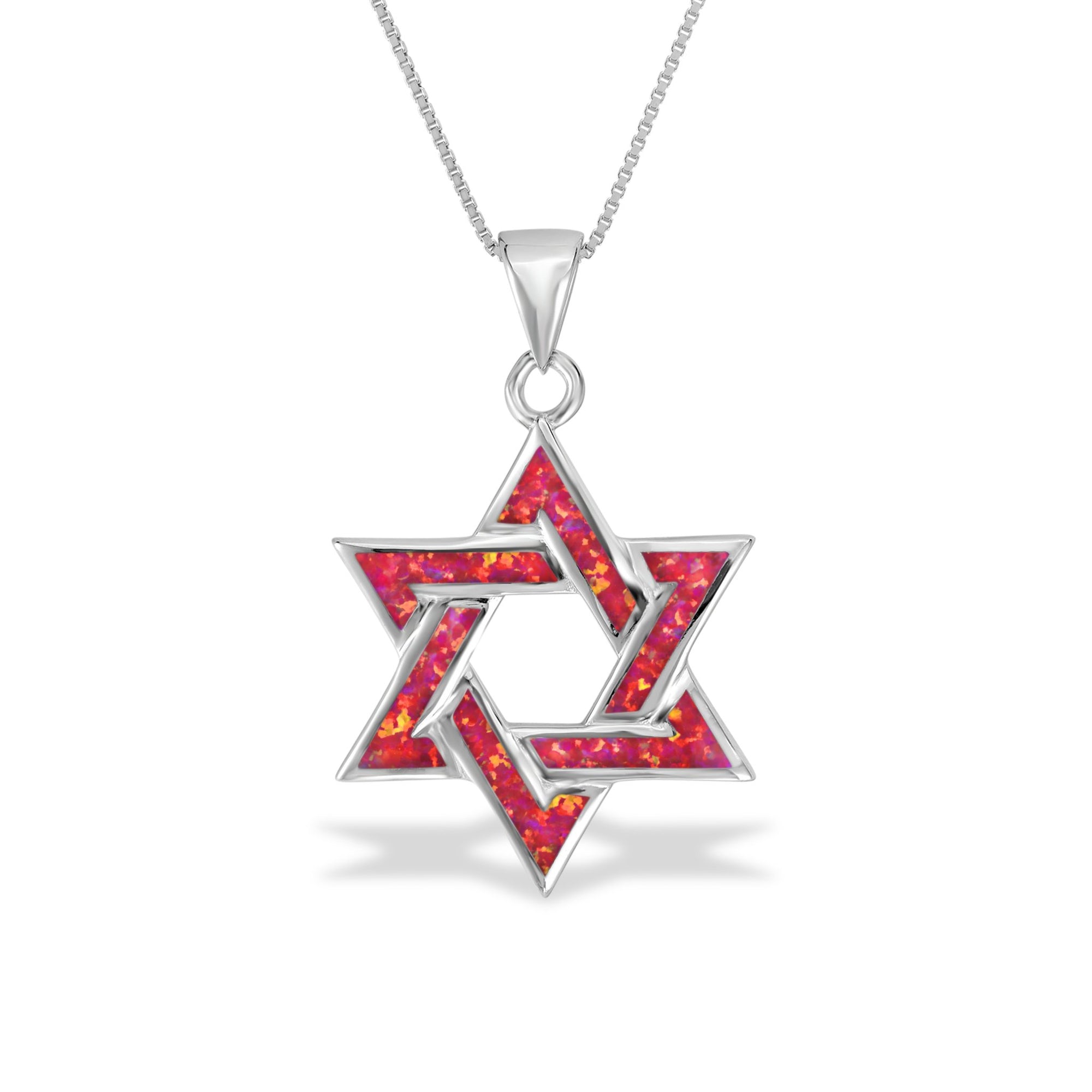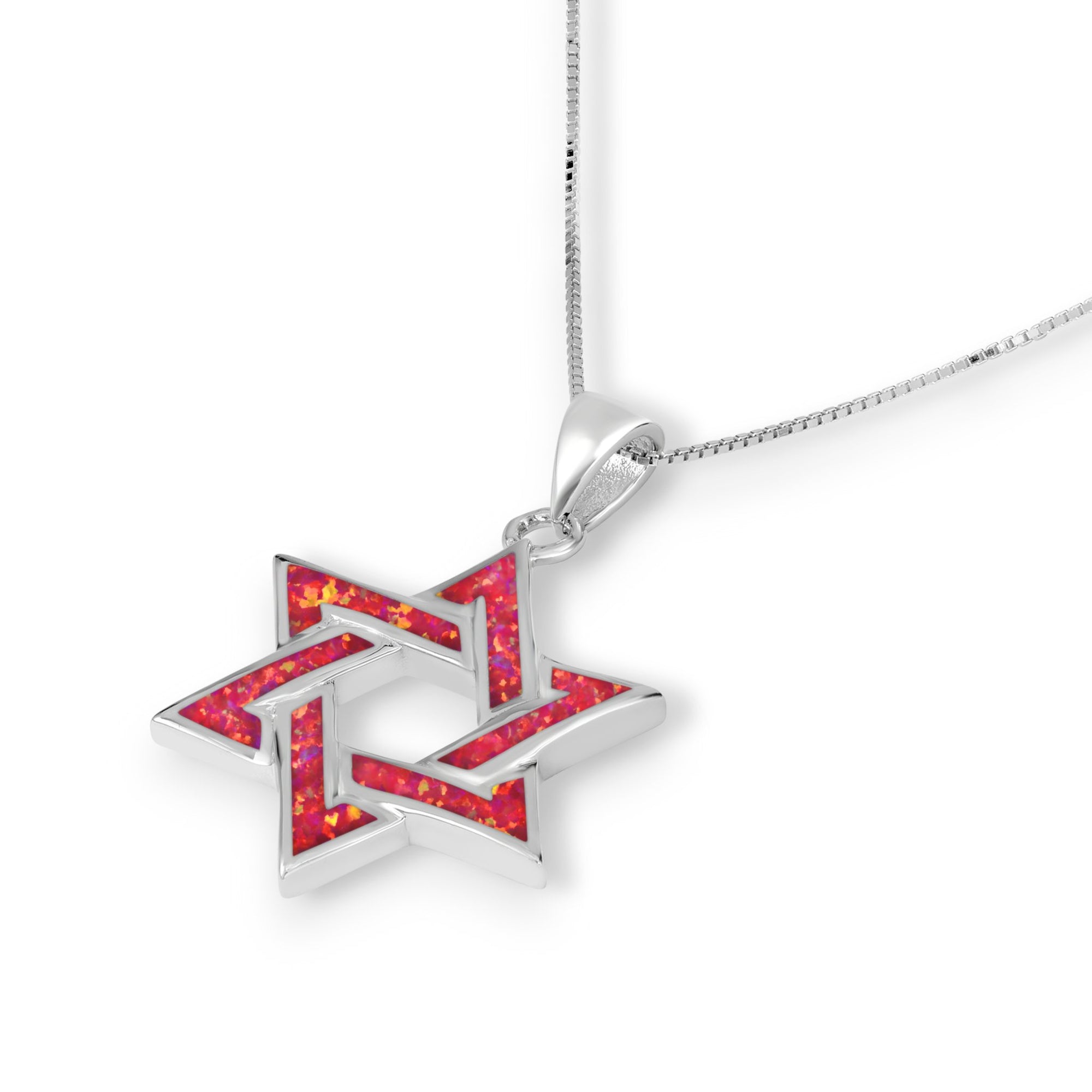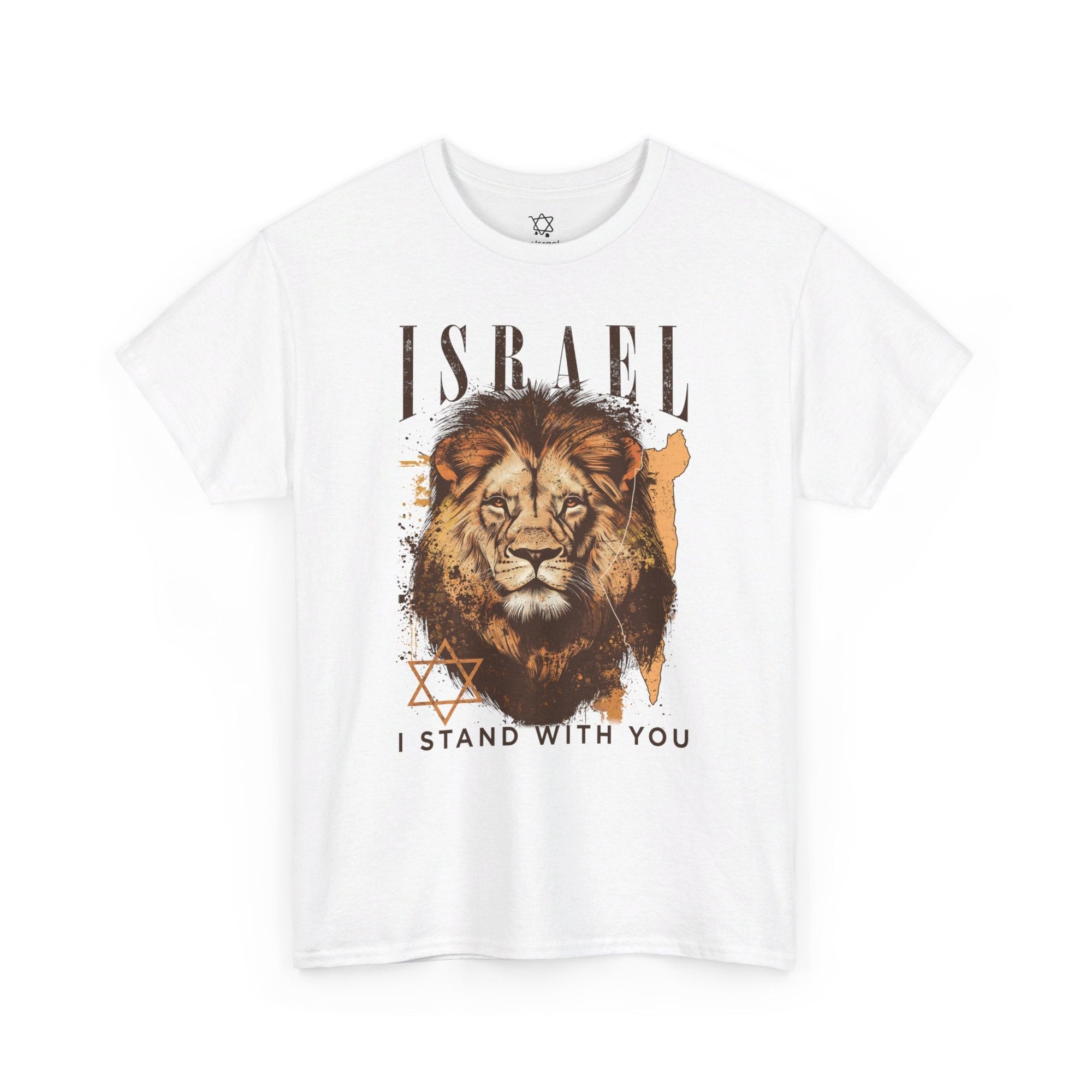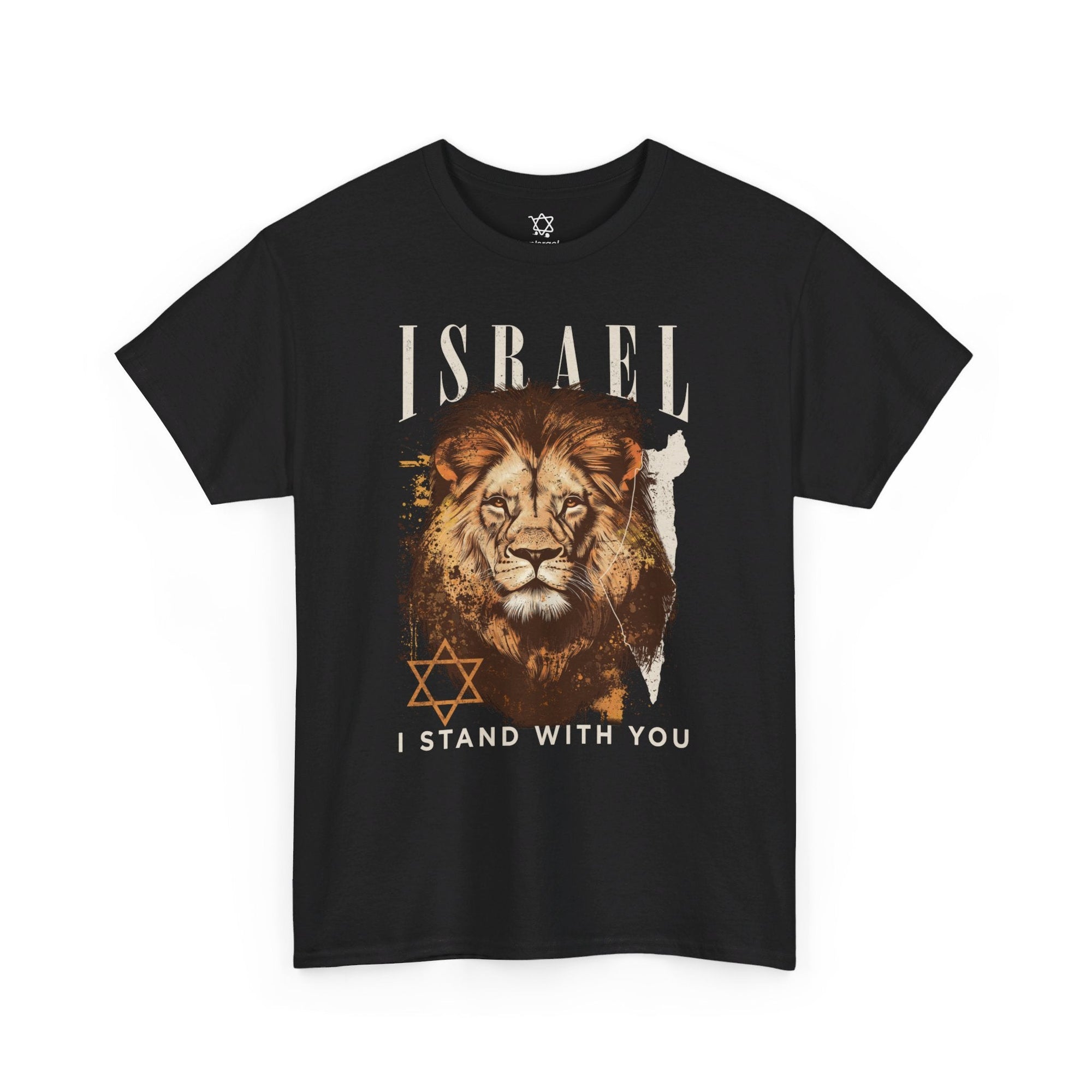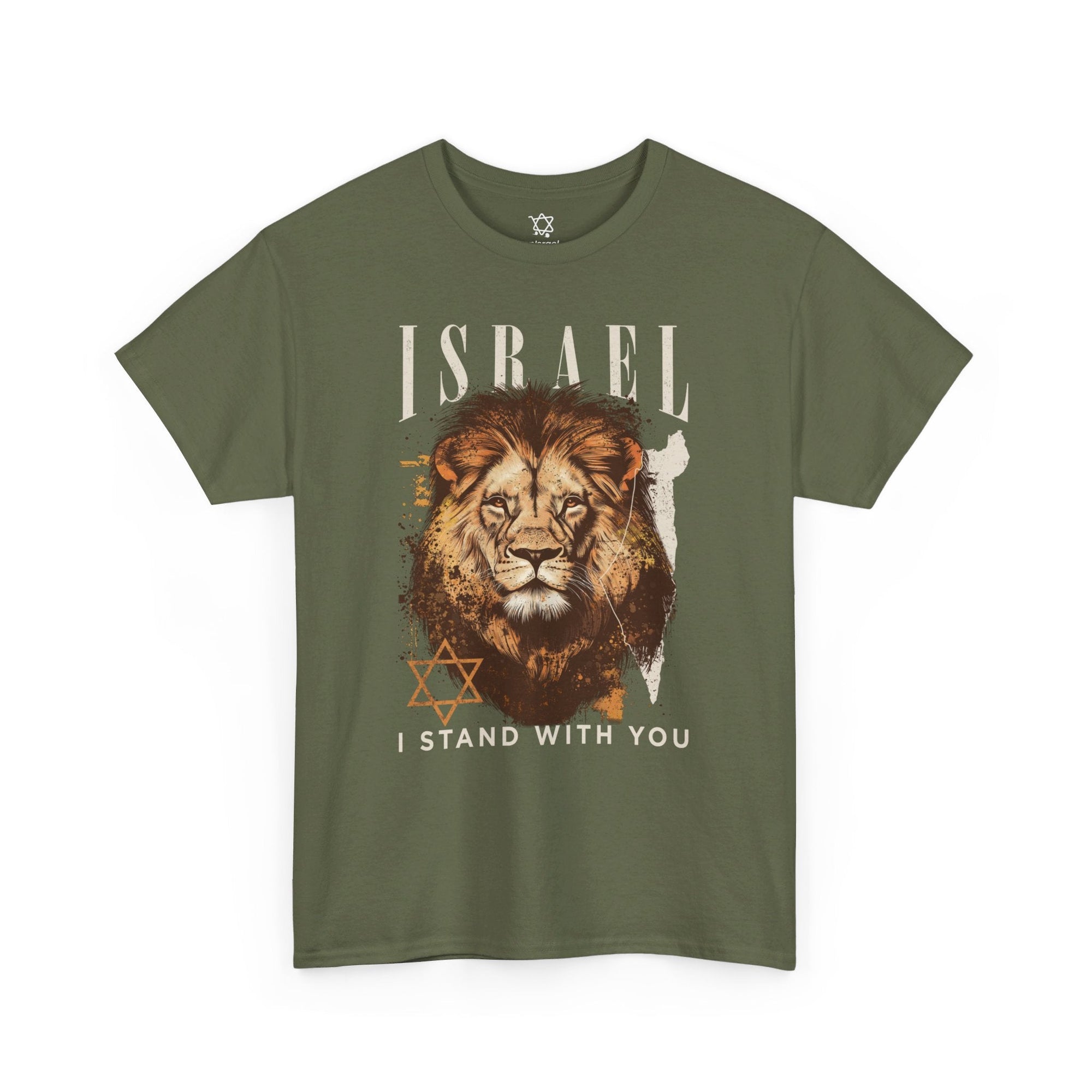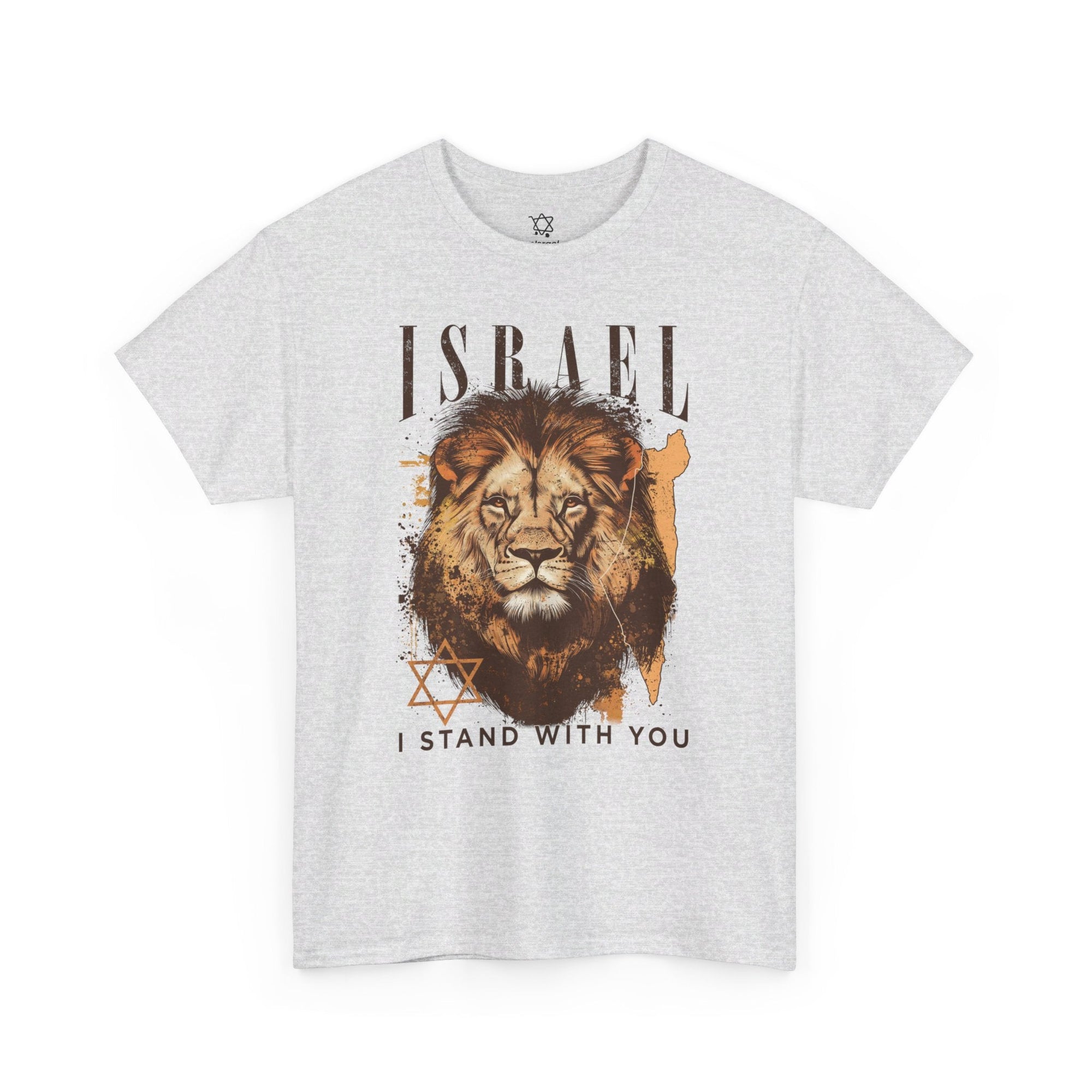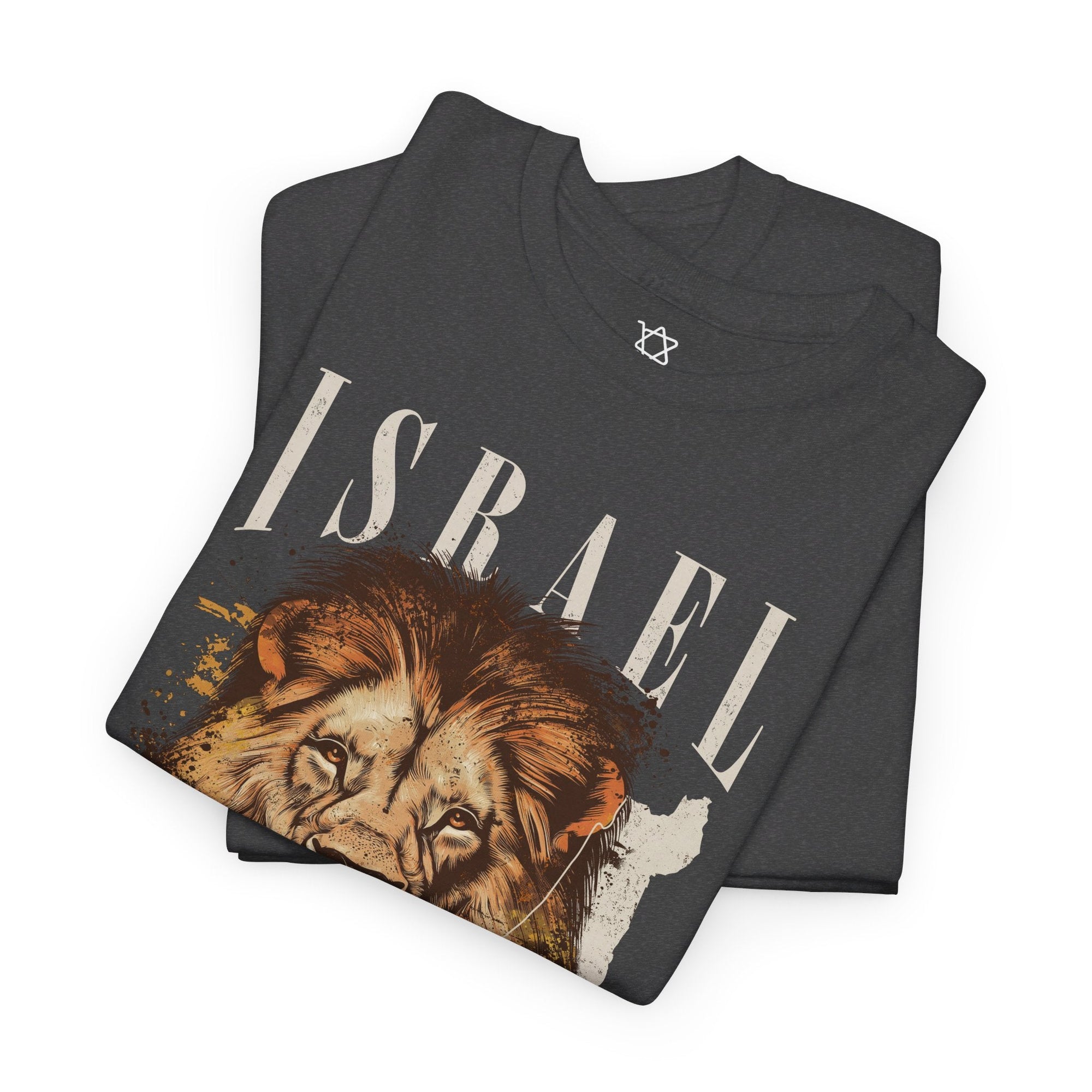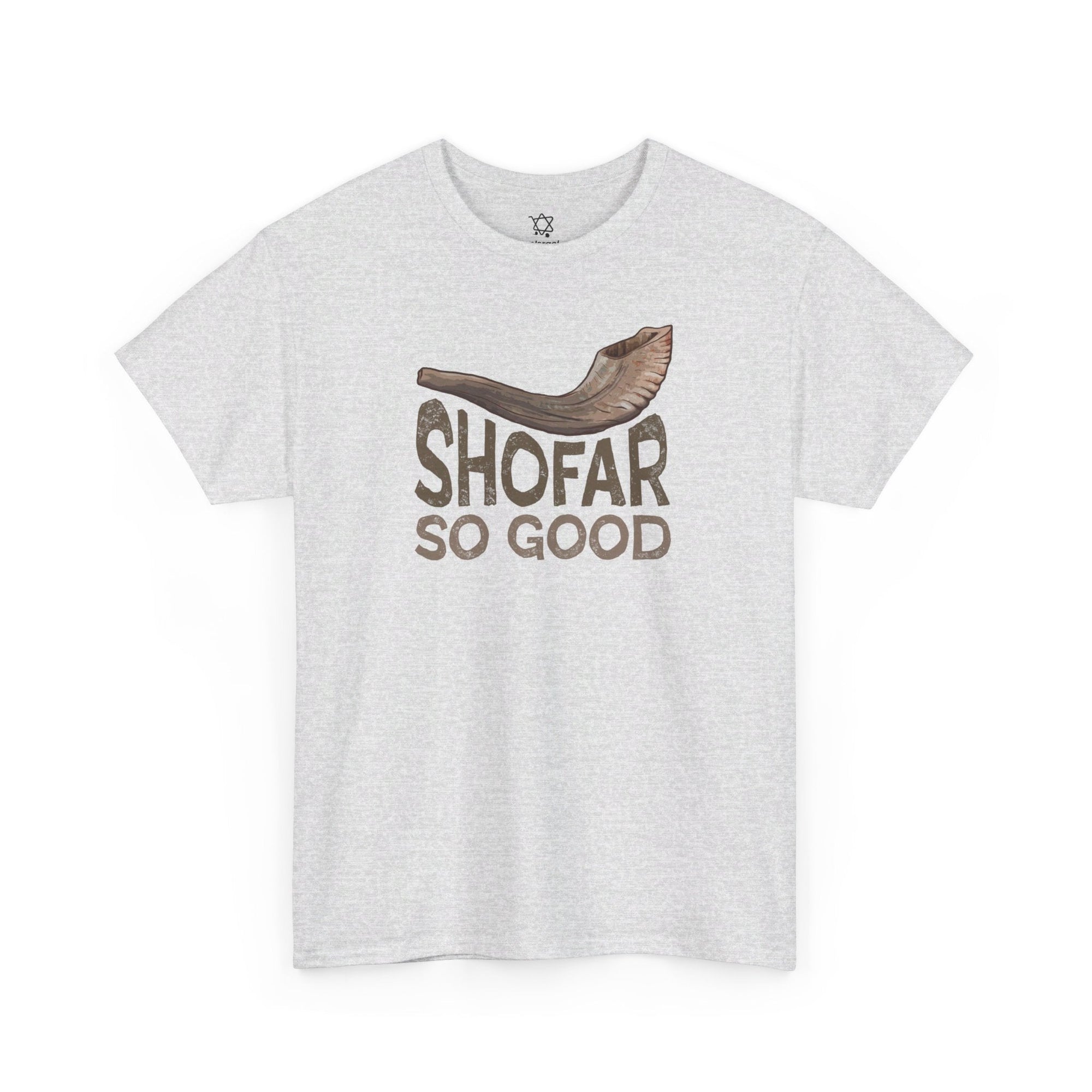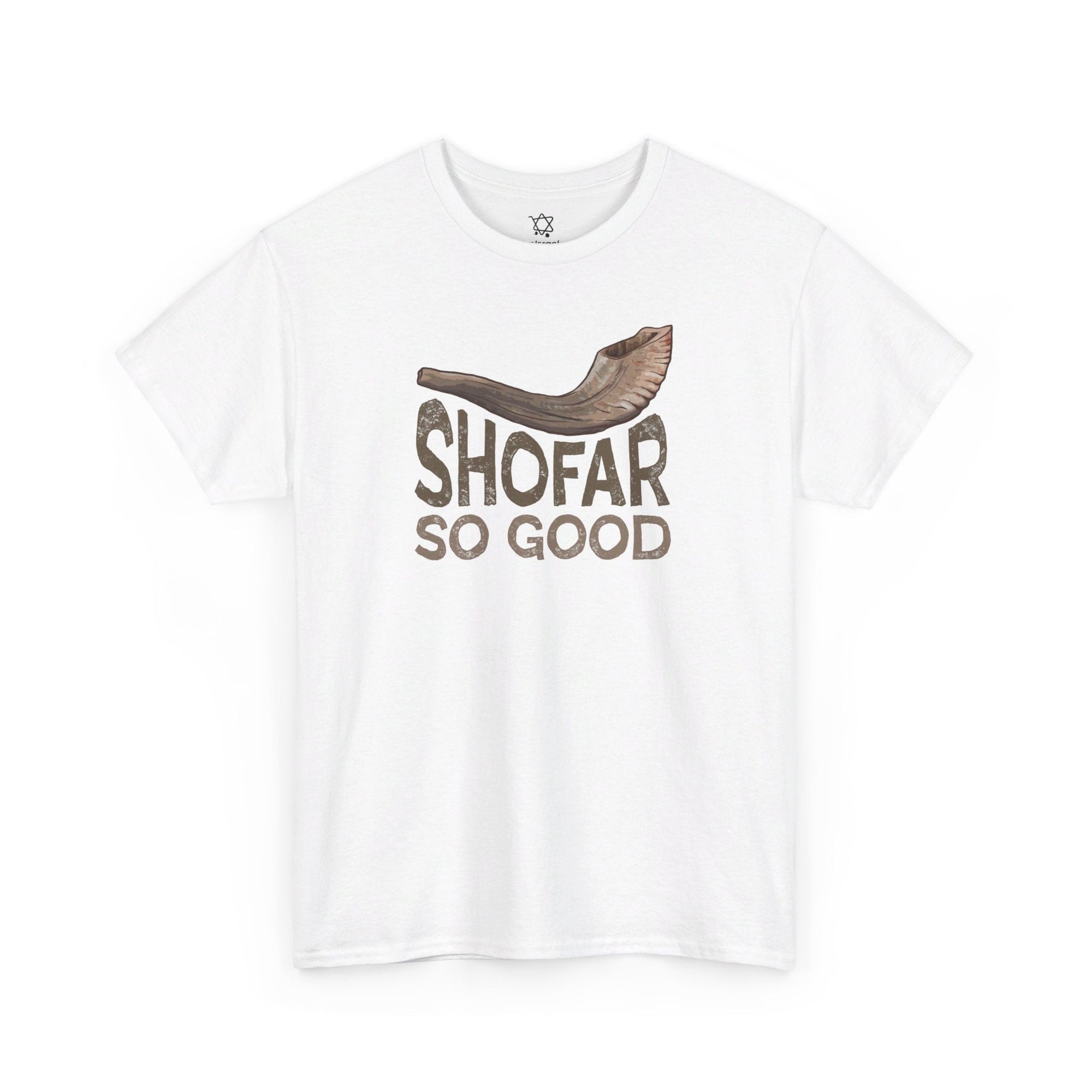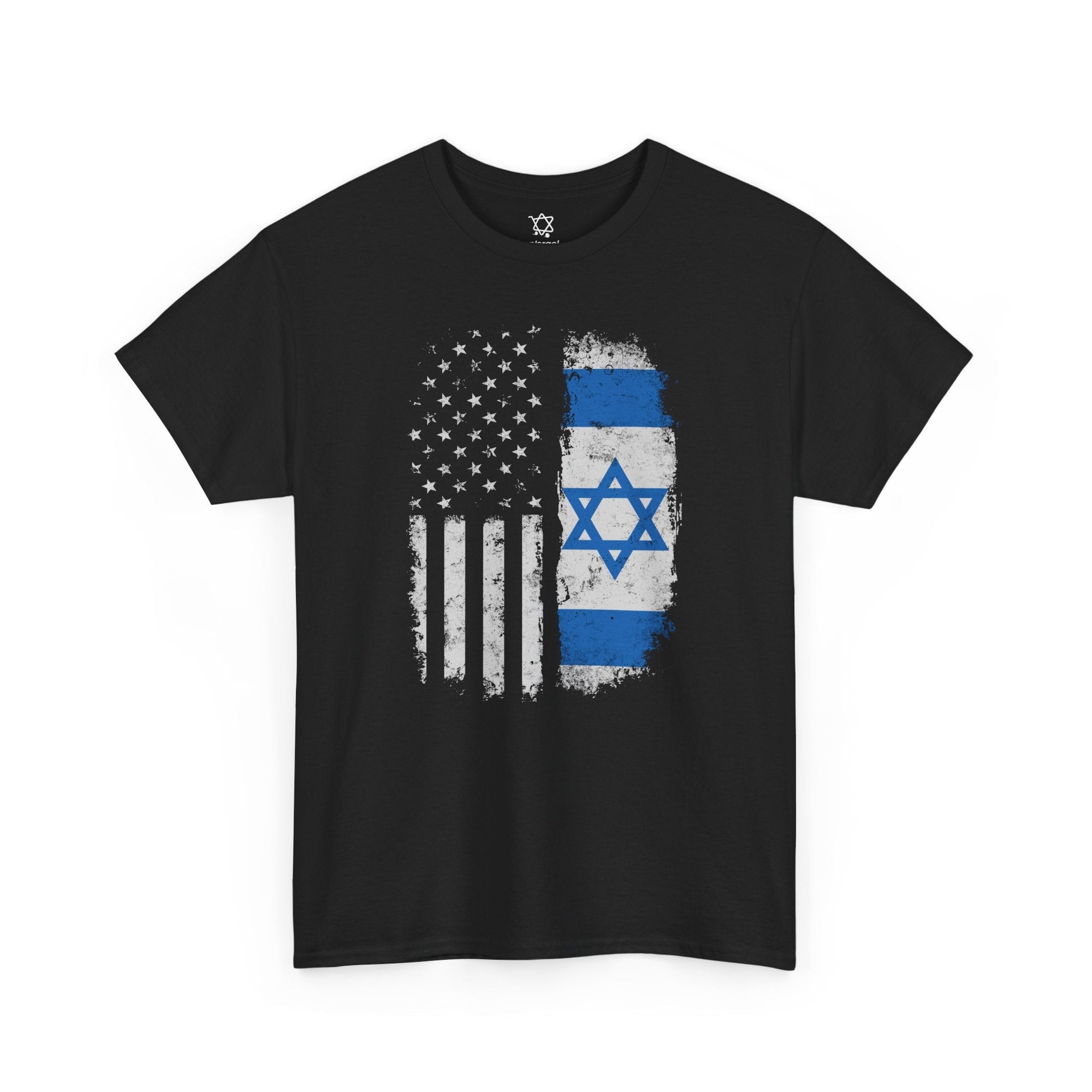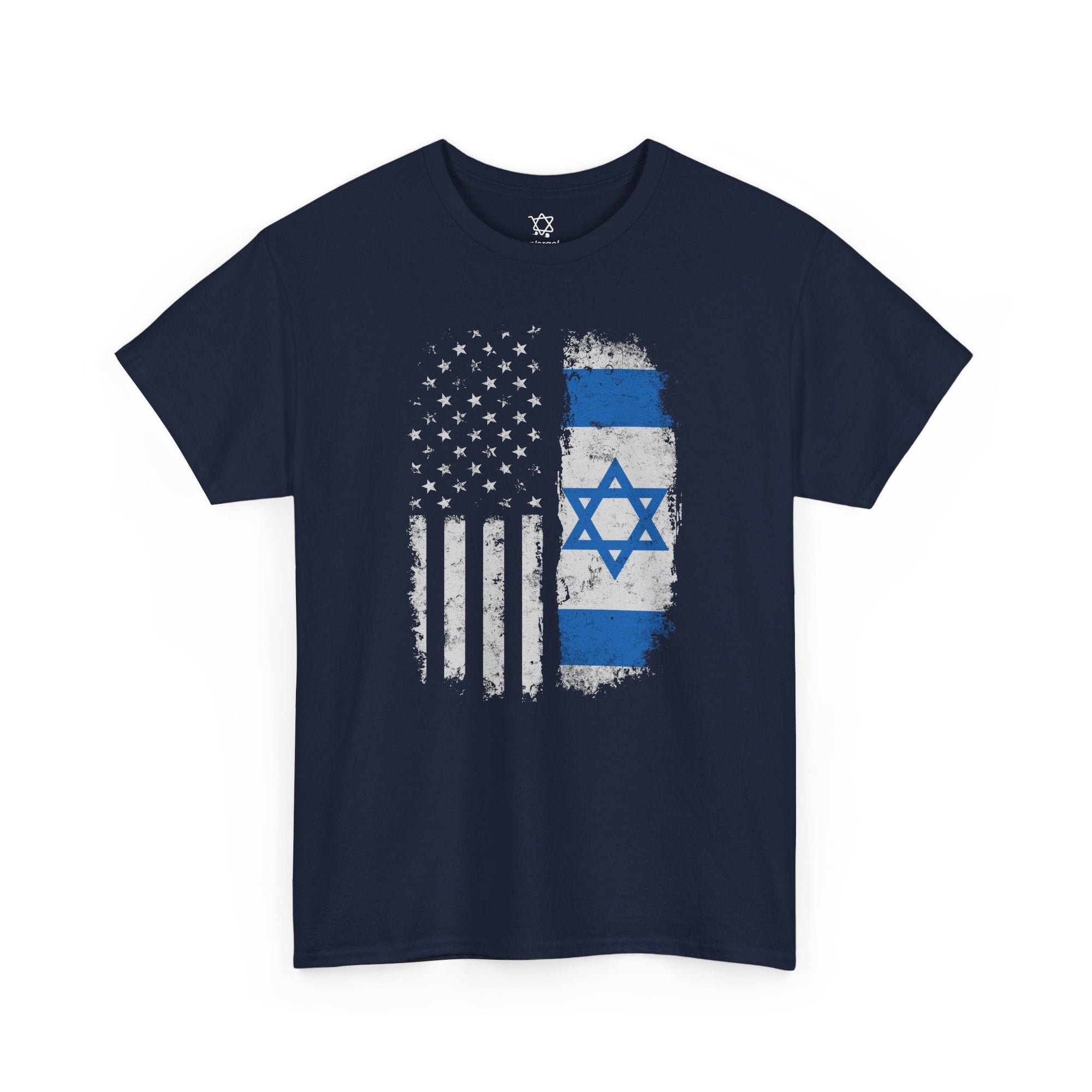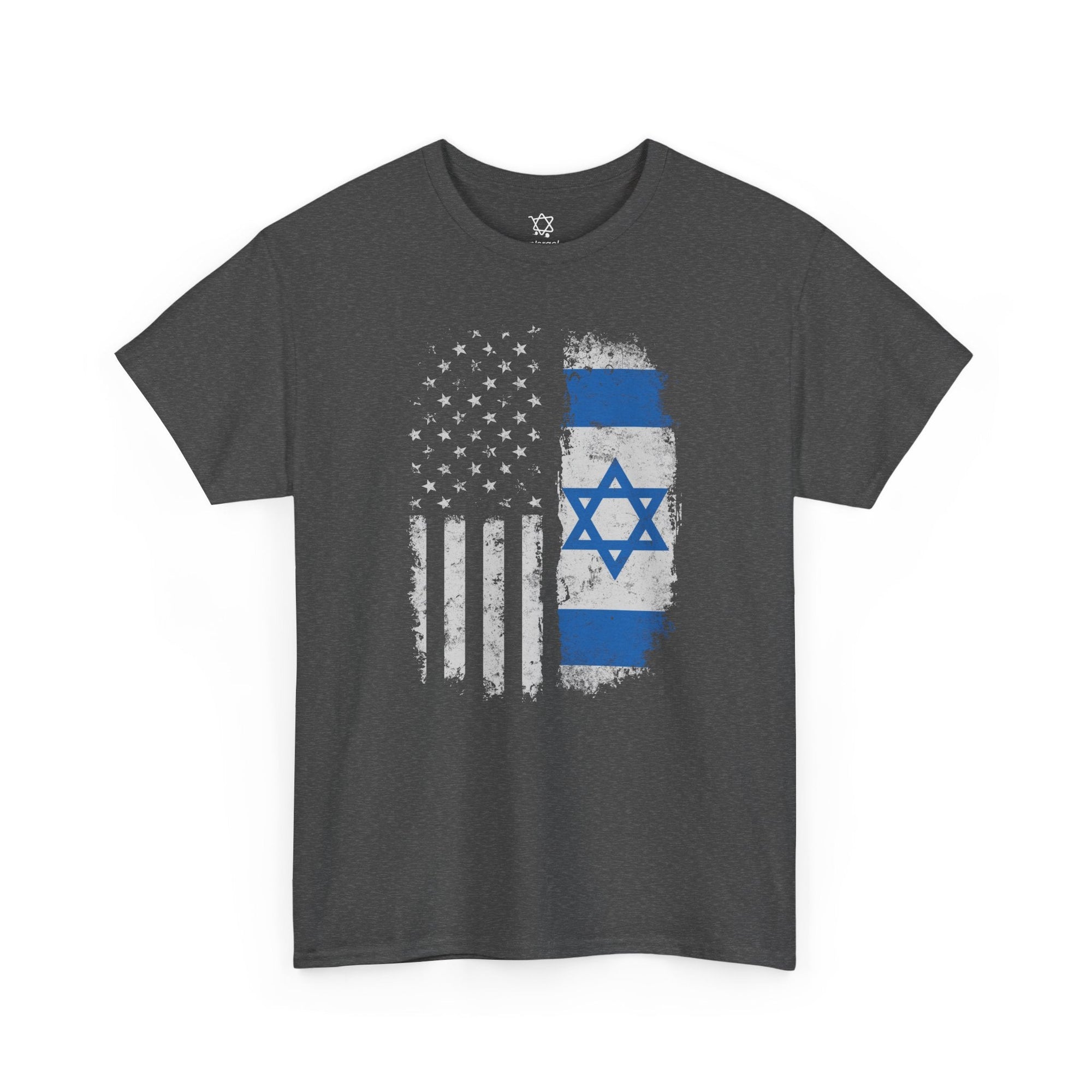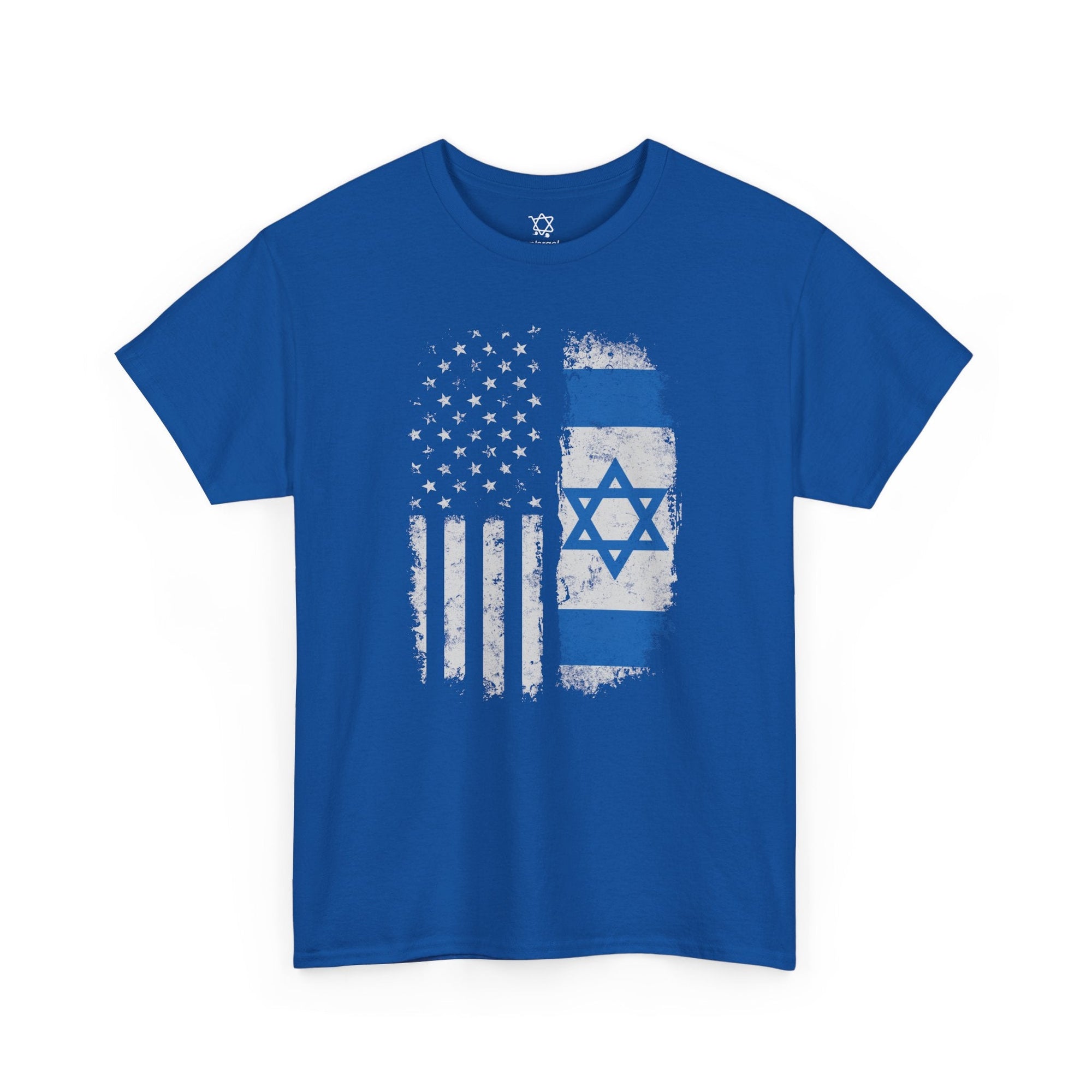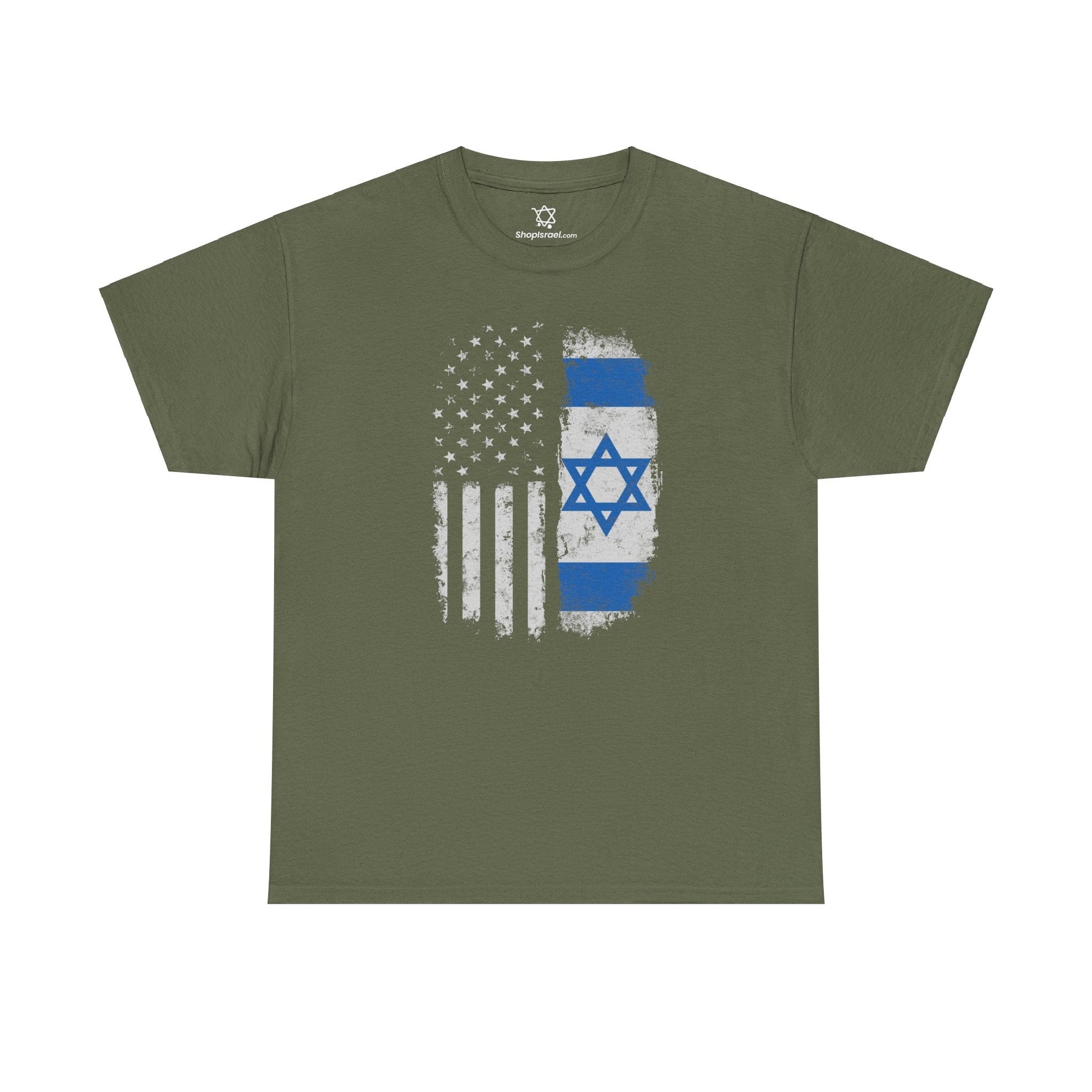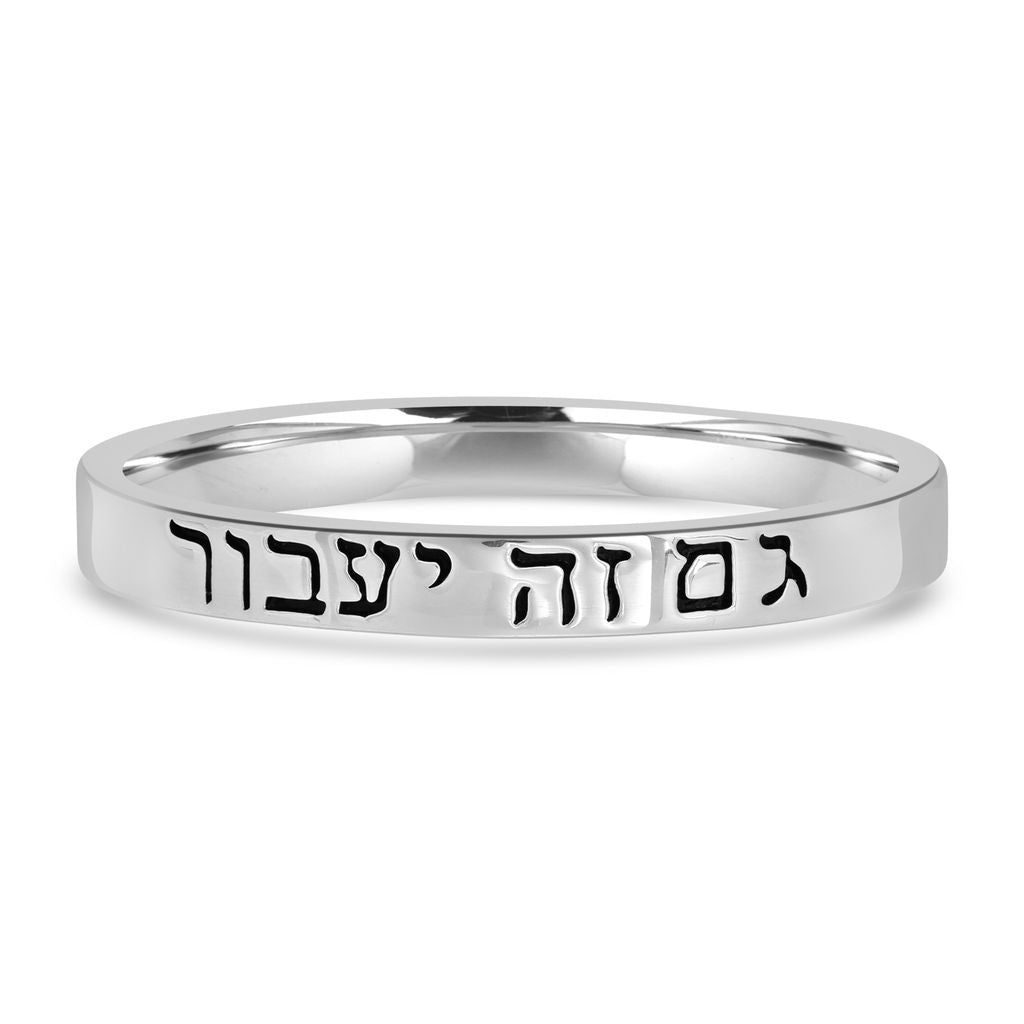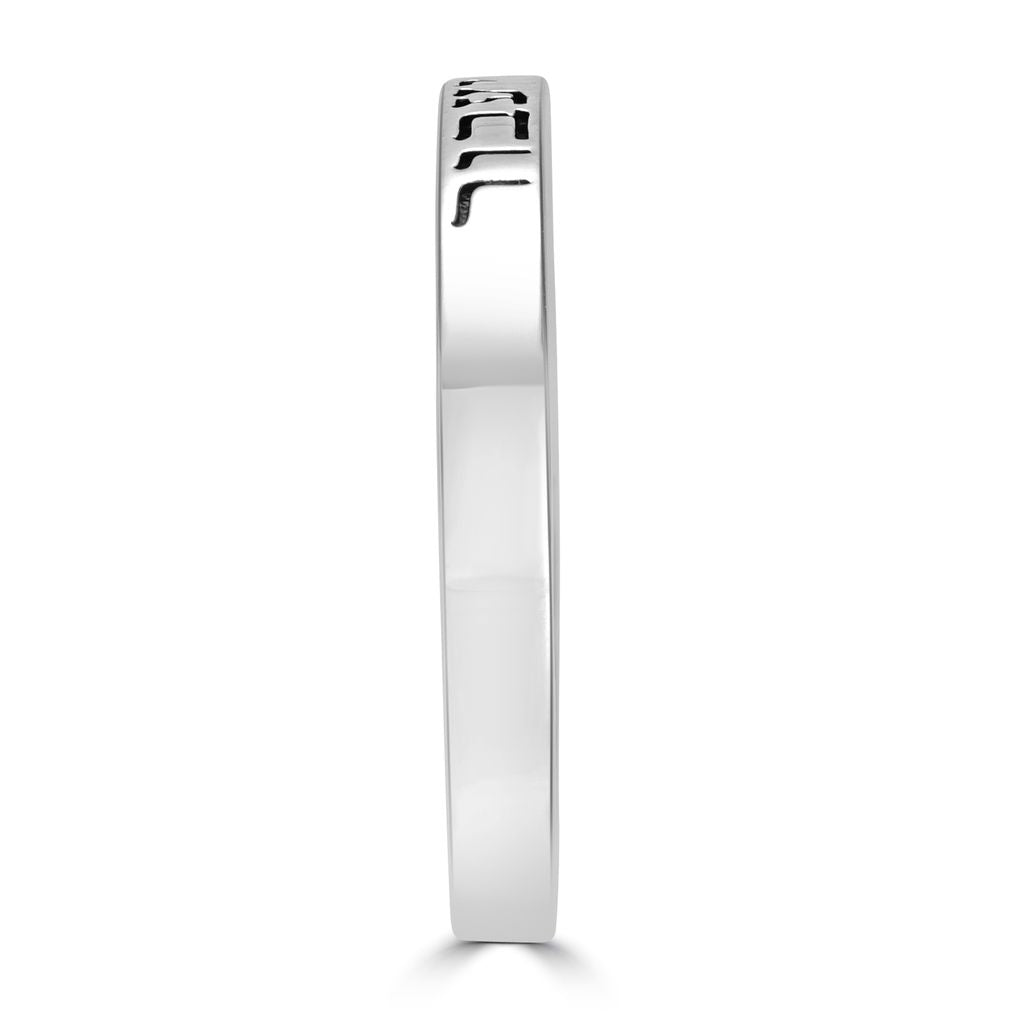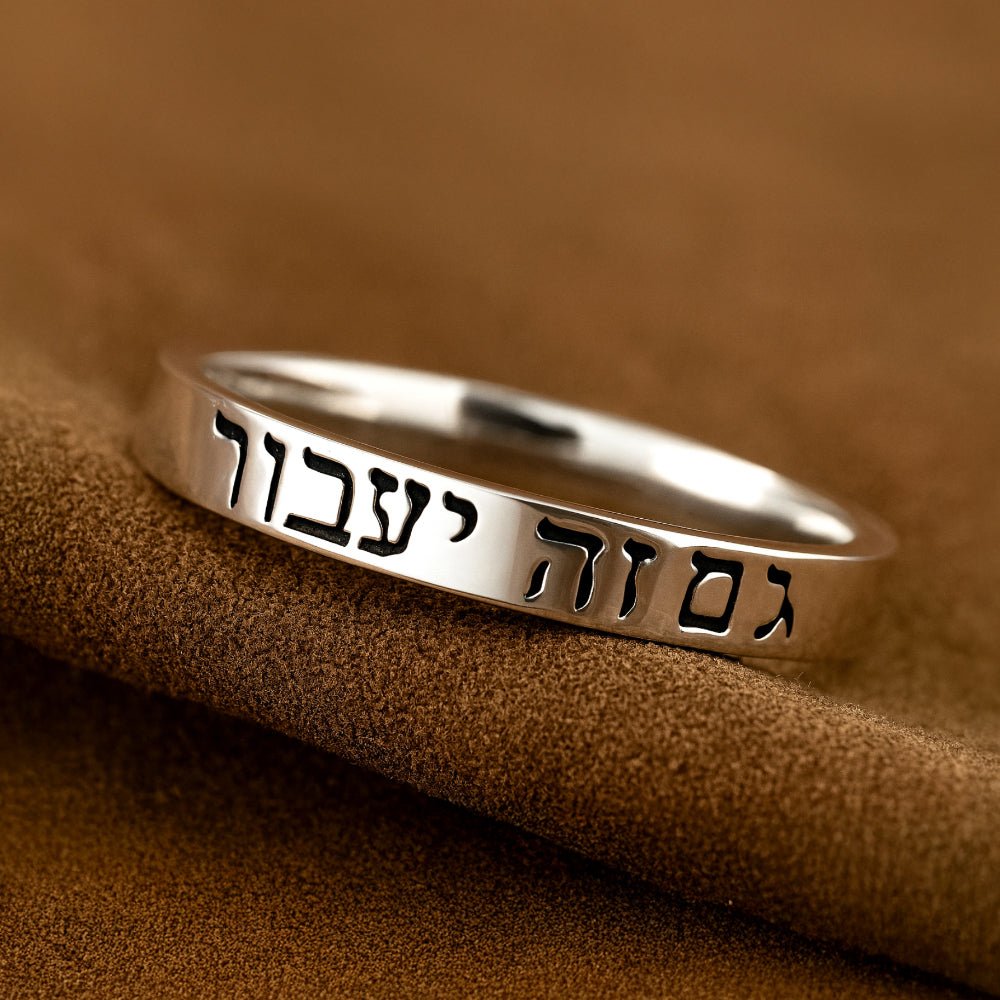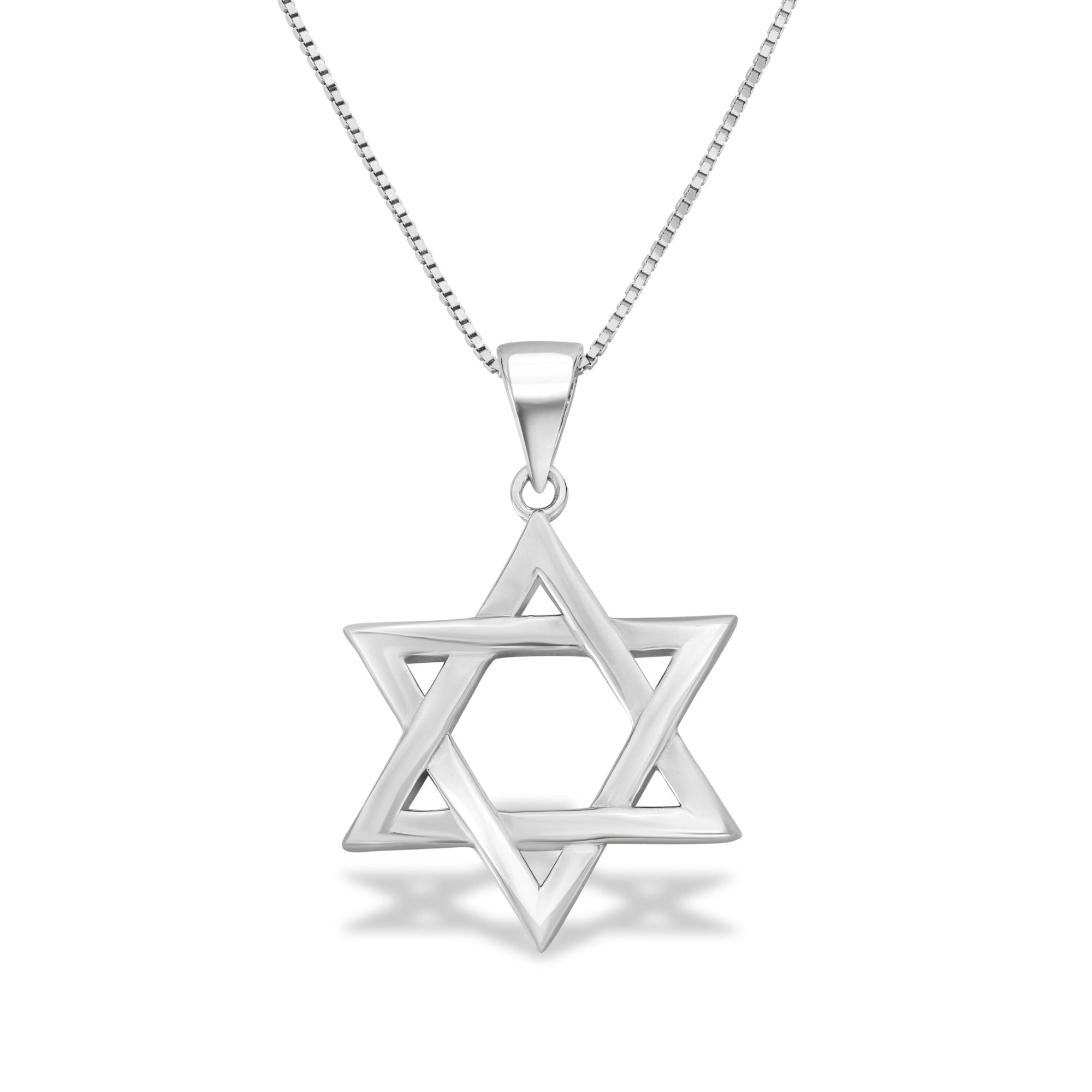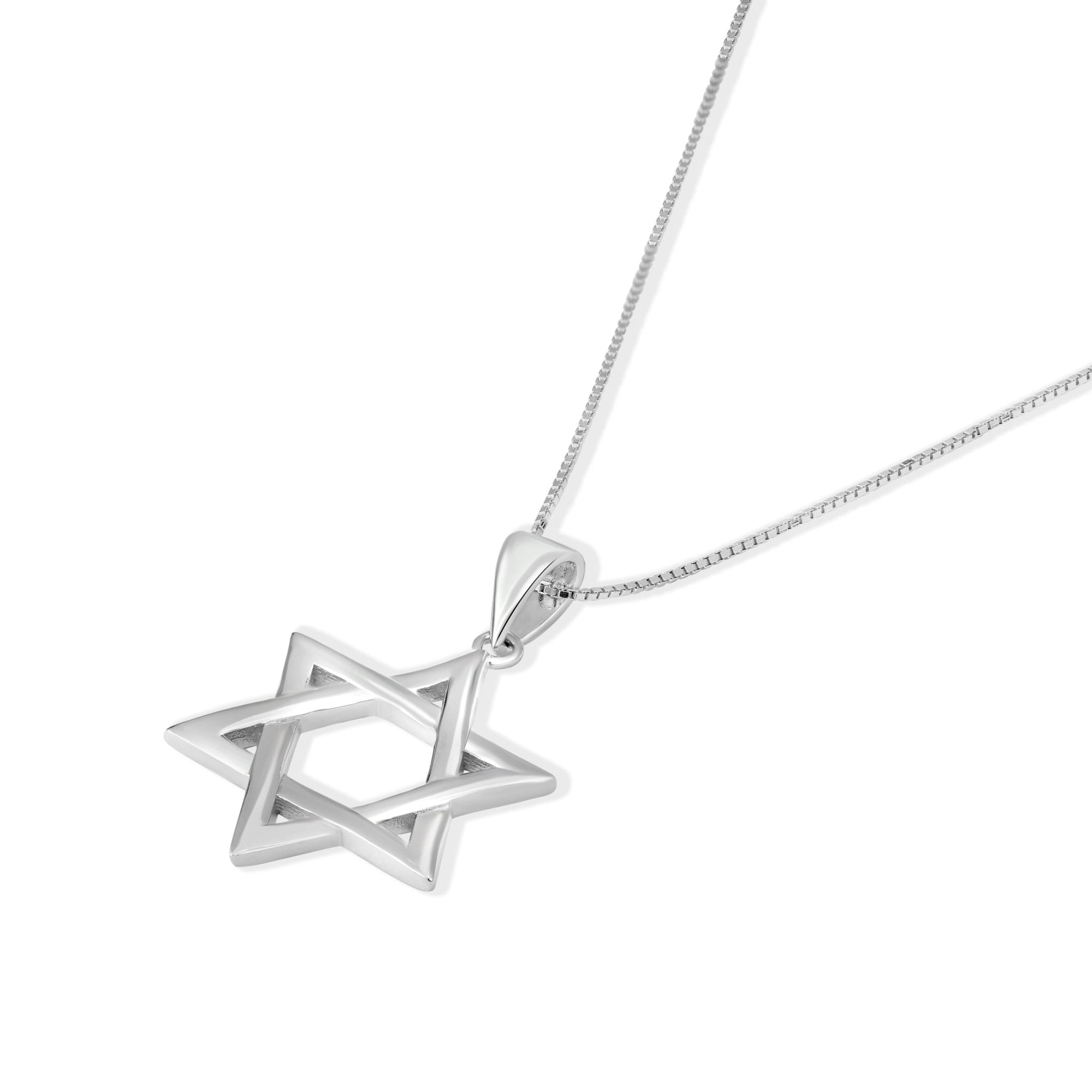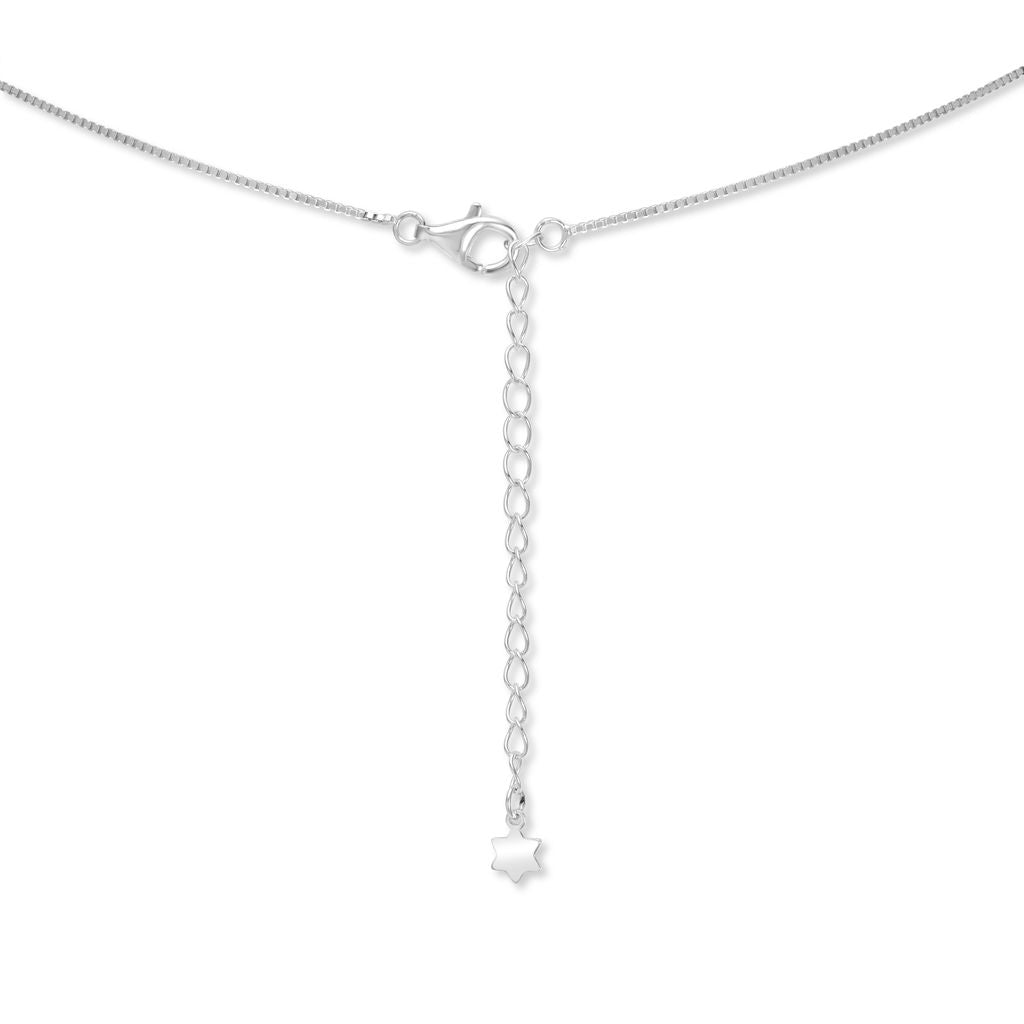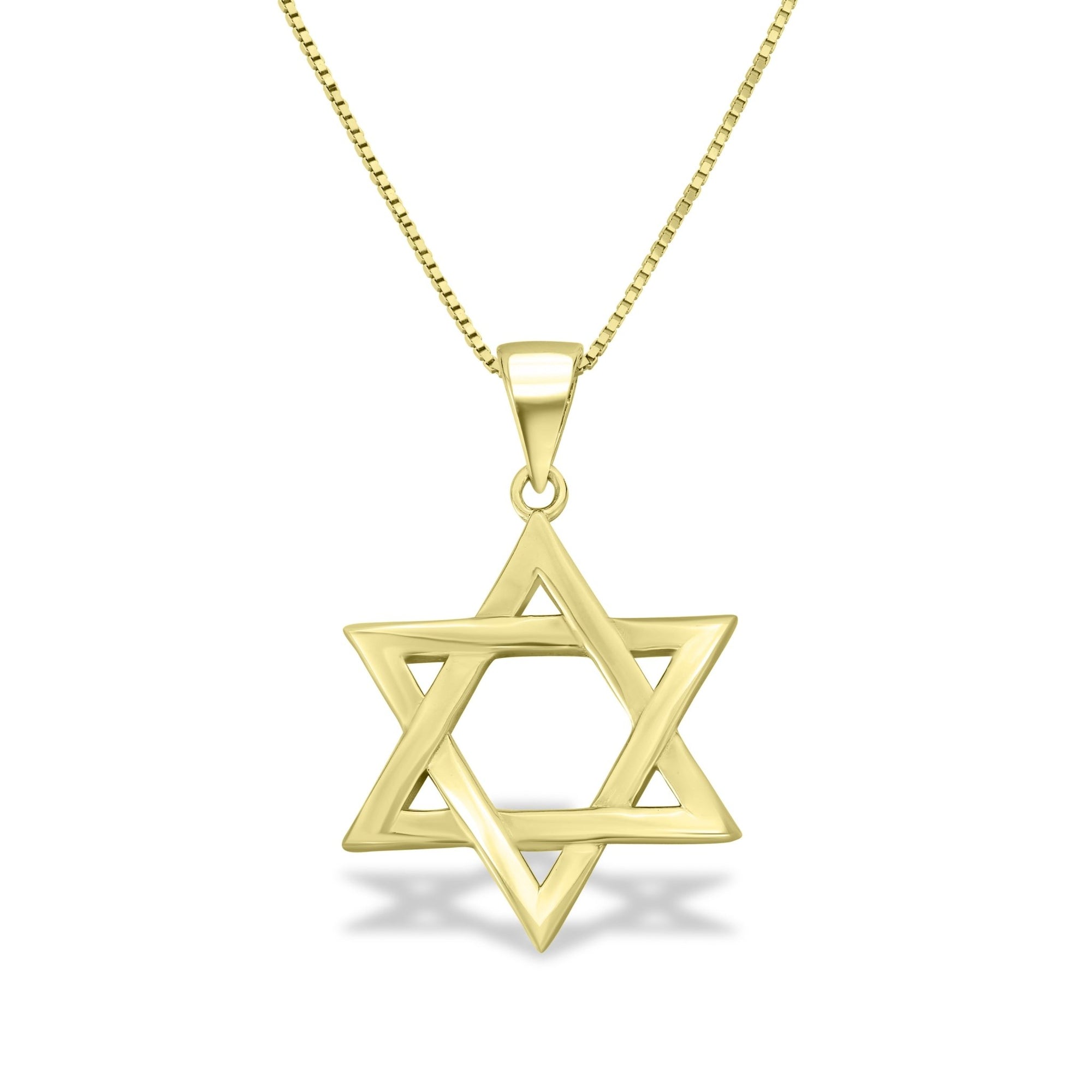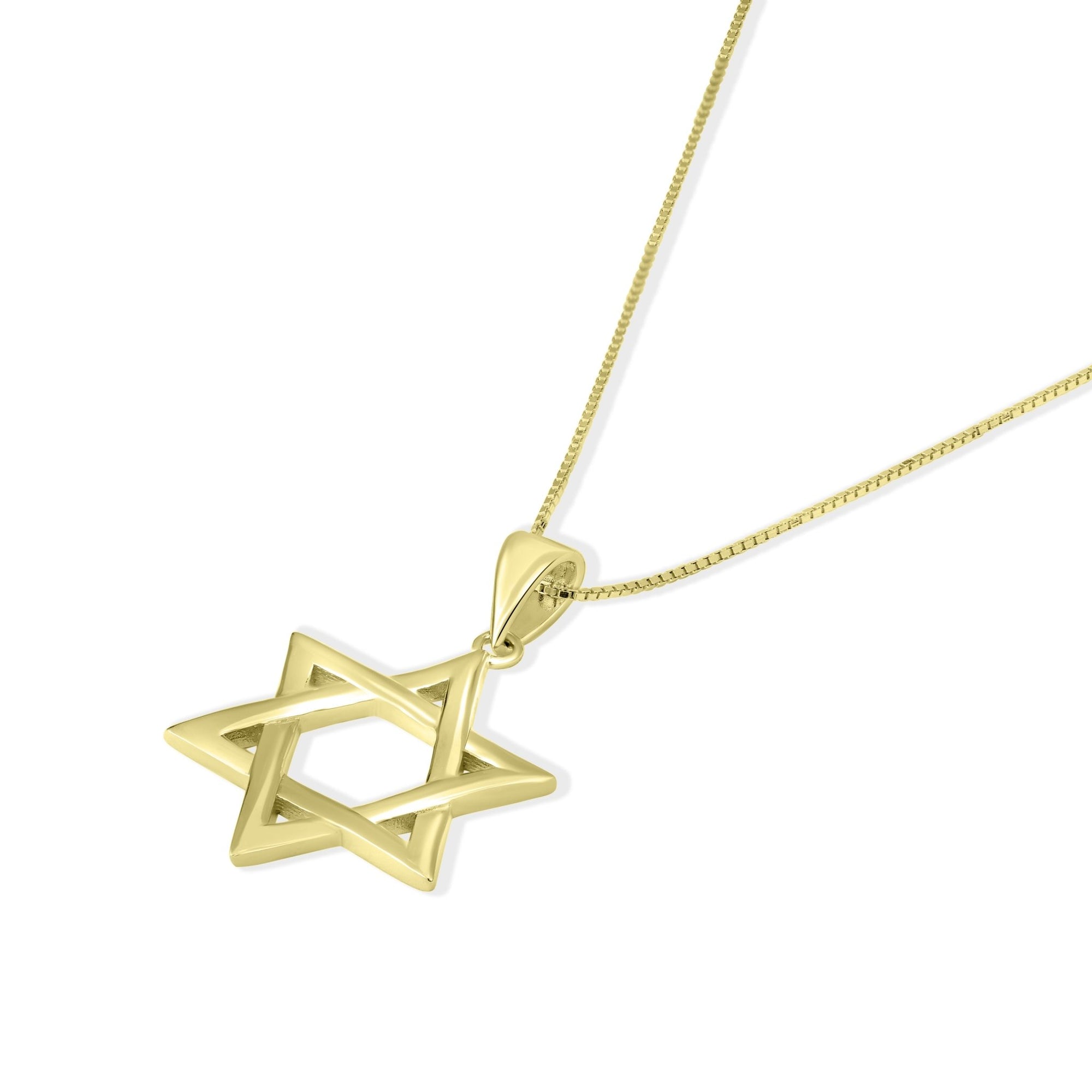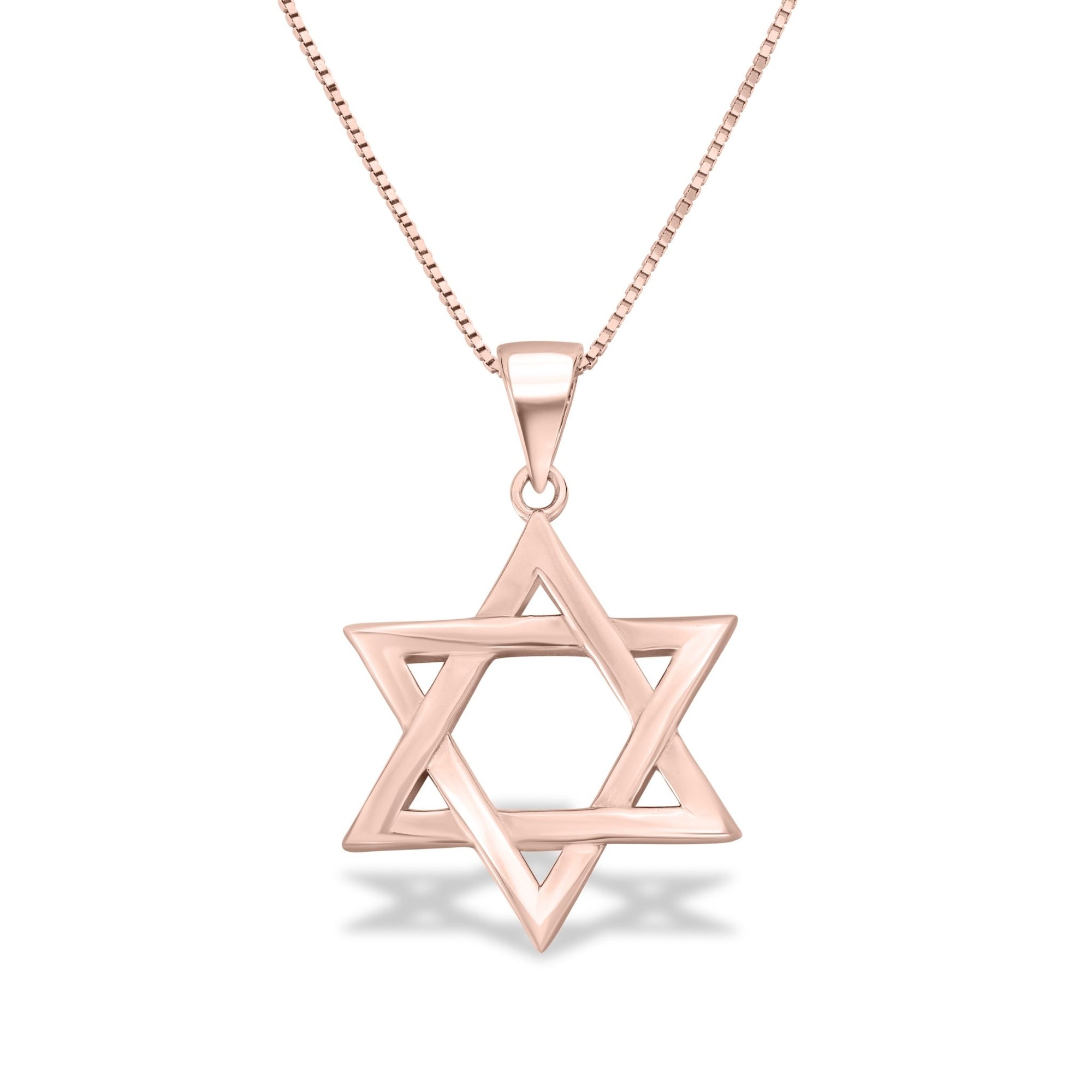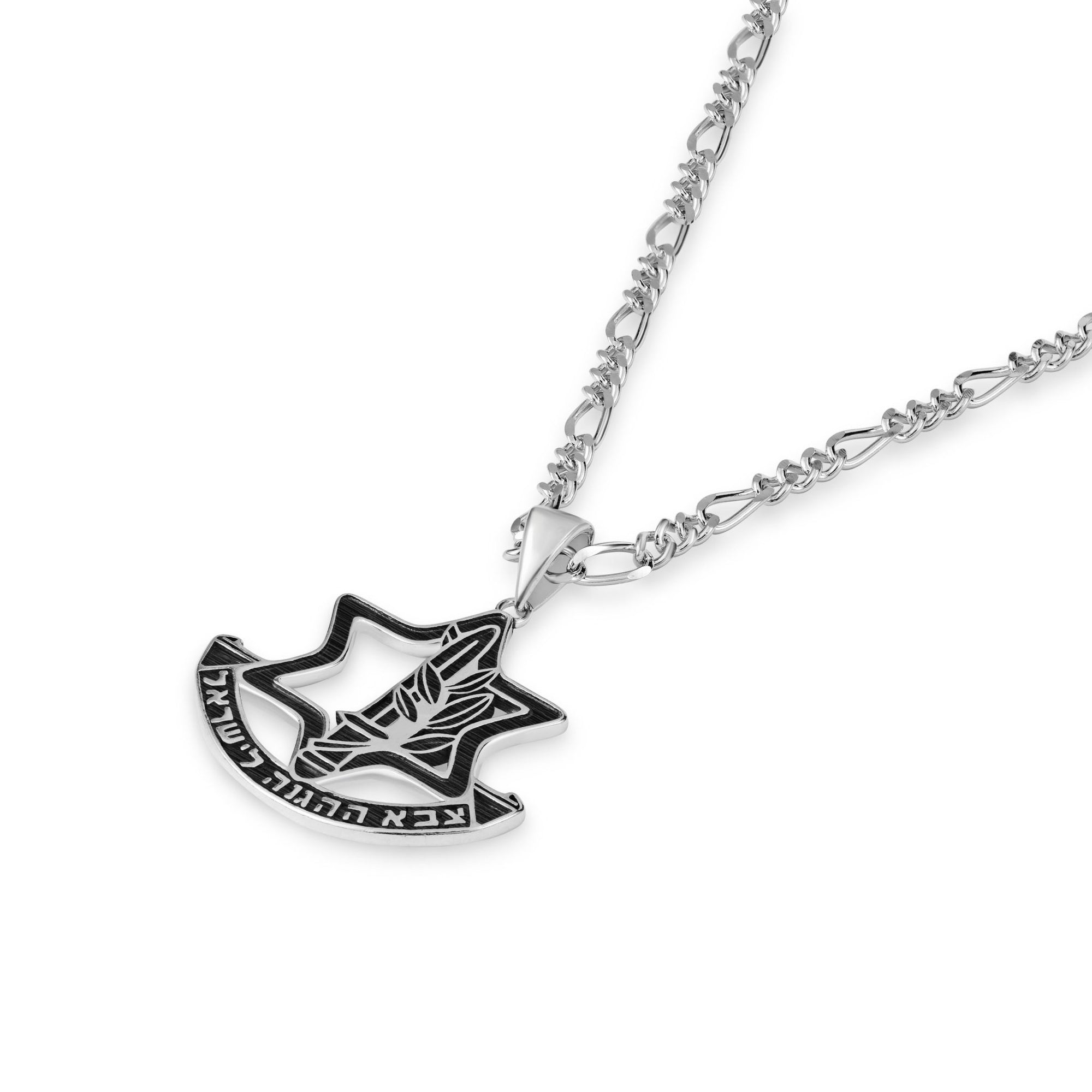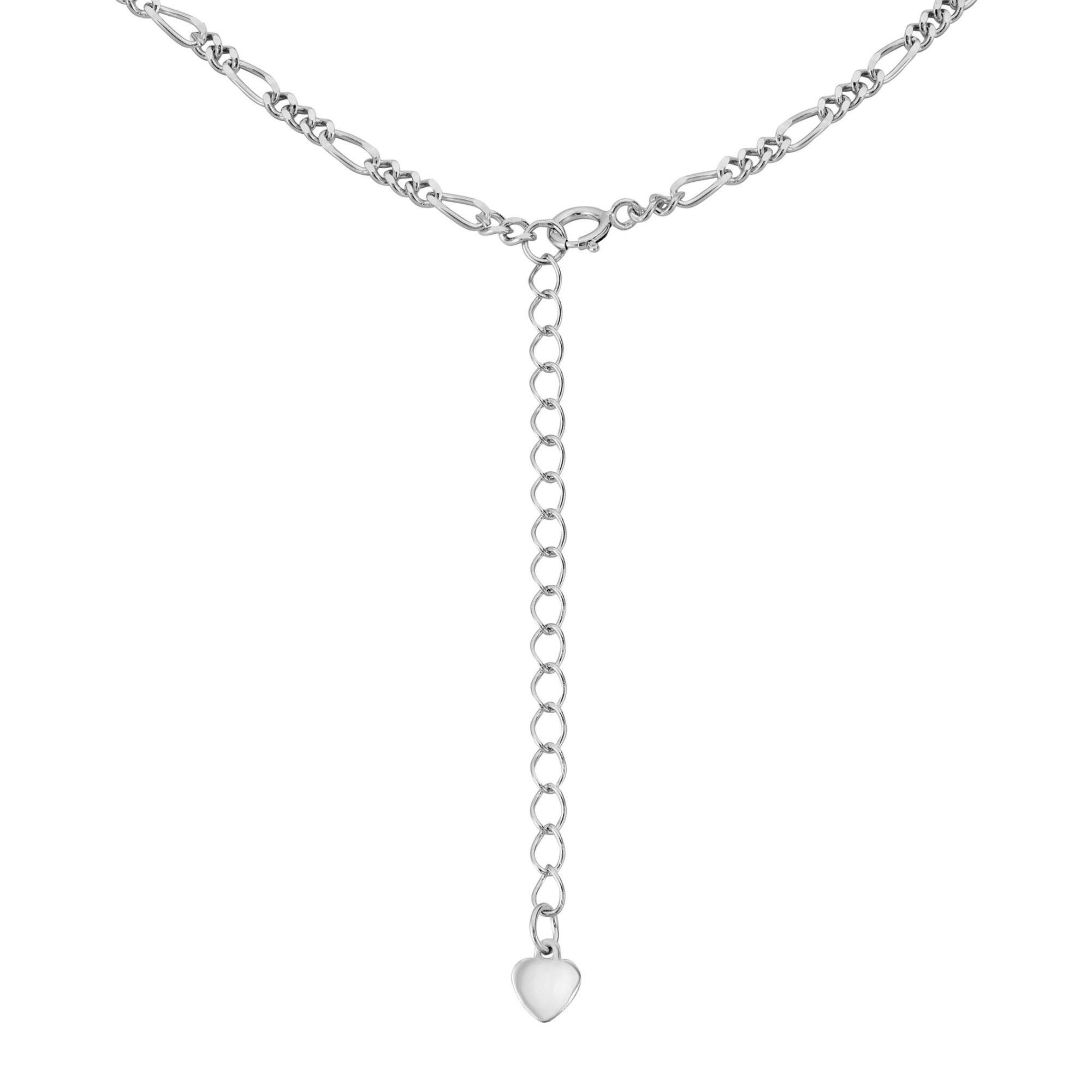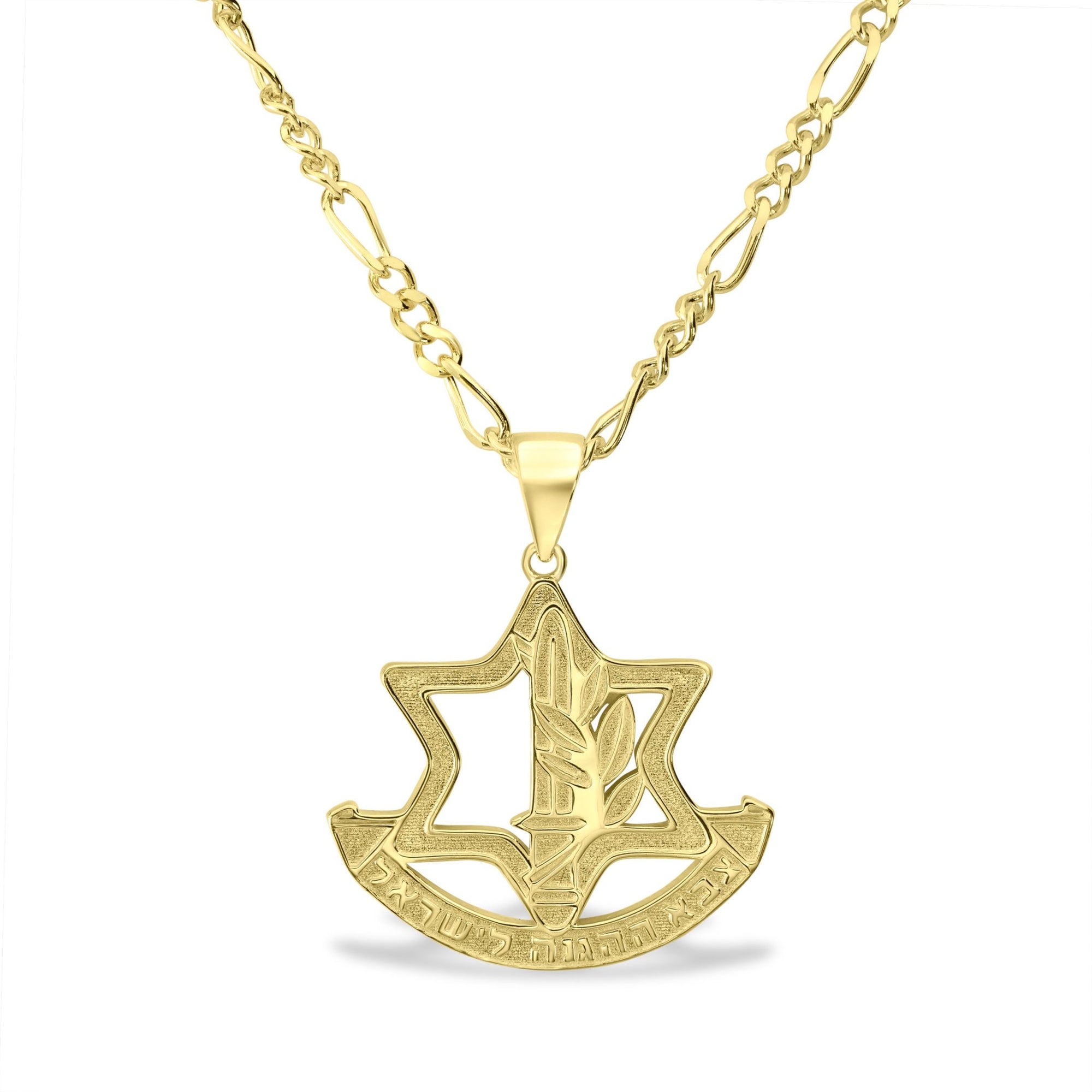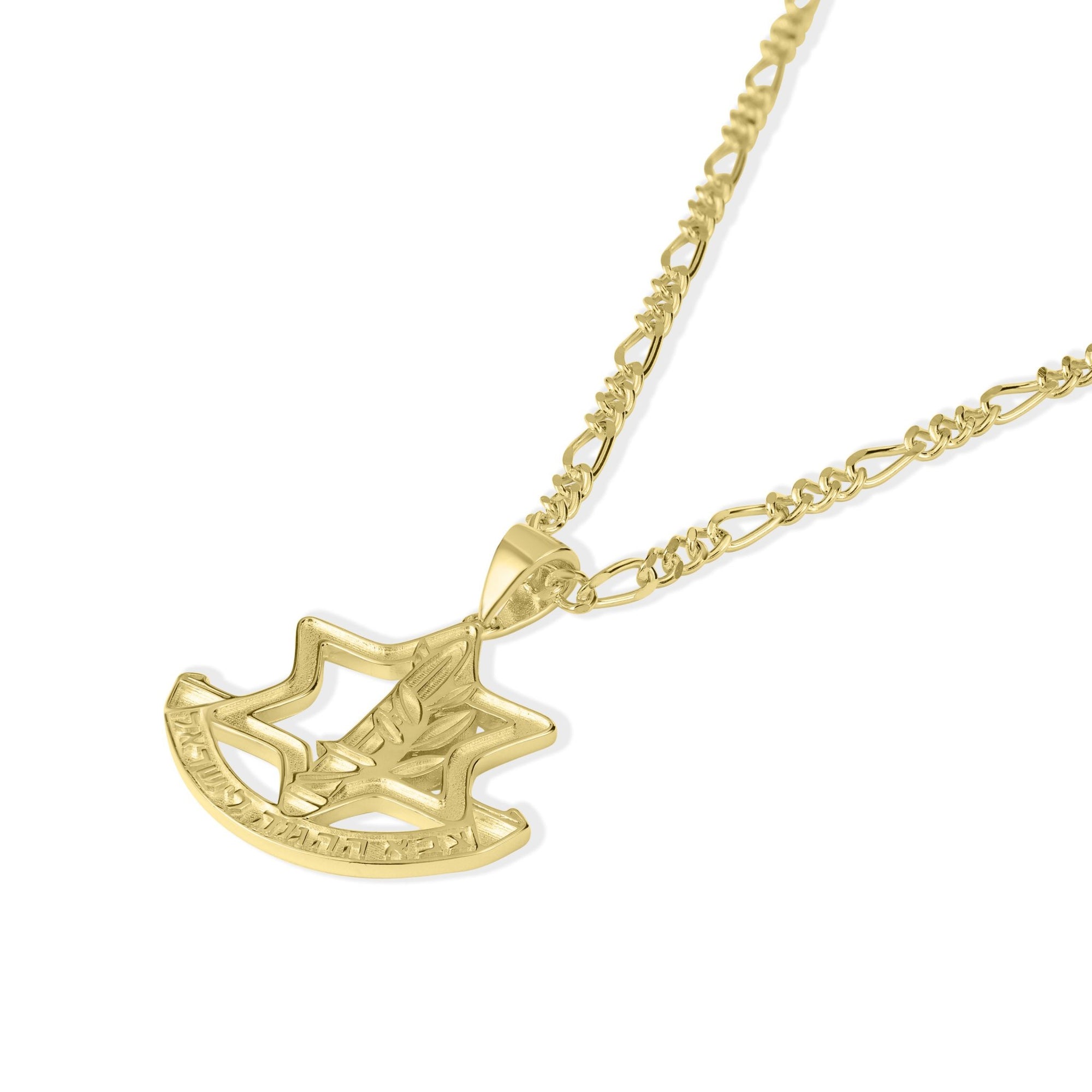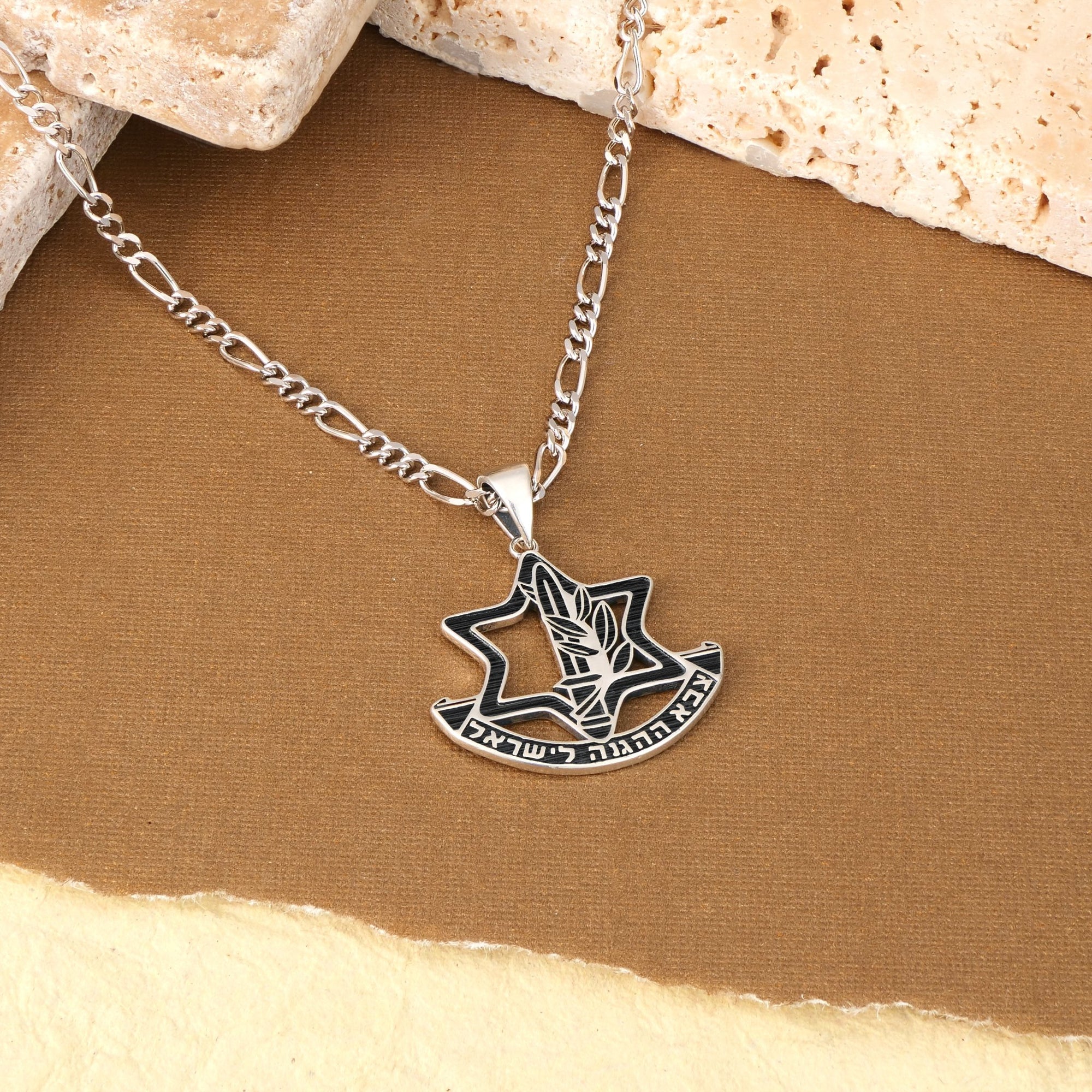Introduction to the Star of David in Popular Jewelry
The Star of David, known in Hebrew as Magen David or the Shield of David, is a powerful emblem deeply woven into Jewish history, culture, and faith. Its distinctive six-pointed star, formed by two interlocking triangles, is not only a marker of Jewish identity but also a symbol rich with spiritual and mystical meanings. In contemporary times, the Star of David has transcended religious boundaries and become a favored motif in jewelry, celebrated for its beauty and profound symbolism. This article unpacks the historical origins, multifaceted meanings, and significance of the Star of David in popular jewelry, shedding light on why this ancient symbol continues to resonate globally.
Historical Origins and Evolution of the Star of David

What is the historical origin of the Star of David?
The Star of David, also known as Magen David or Shield of David, is a six-pointed star formed by two overlapping equilateral triangles. Its origins are somewhat mysterious but trace back to ancient times. Early uses of the hexagram shape appear as decorative motifs in Jewish contexts dating as far back as the 3rd to 4th century CE, seen in synagogue stones and manuscripts like the Leningrad Codex from 1108.
Origins of the Star of David
Though popularly linked to King David, archaeological evidence does not support the idea that the star was used on his shields. The name 'Shield of David' instead emerged poetically in medieval Jewish texts and symbolized divine protection (Star of David and King David origins).
Early usage in Jewish artifacts
Jewish artifacts from the Middle Ages, such as Hebrew Bible codices and 13th-century coins, show the star as a decorative emblem. By the 14th century, the Jewish community in Prague officially adopted the Star of David as their emblem, marking the start of its use as a symbol of Jewish identity (Star of David medieval origins and Prague Jewish community).
Adoption as a Jewish emblem
From Prague, the symbol spread through Eastern Europe and by the 19th century had become widely recognized as an emblem of Judaism. The star later became a central symbol of the Zionist movement in 1897 and was eventually placed at the center of the flag of Israel, established in 1948 (Star of David on Israel flag).
Influences from other cultures
The hexagram form existed in various cultures long before its Jewish association, appearing in pagan traditions, Christian art, Muslim culture (known as the Seal of Solomon), Hinduism, and alchemy. In these contexts, it symbolized harmony, divine energy, and protection (Star of David in other religions).
Thus, the Star of David evolved from an ancient geometric design with cross-cultural significance into a unique and powerful symbol of Jewish identity, unity, and faith over centuries (Symbolism of Star of David in Judaism).
Spiritual and Mystical Symbolism of the Star of David

What does the Star of David symbolize in Jewish spiritual traditions?
In Jewish mysticism, especially within Kabbalah, the Star of David holds deep spiritual significance. The six points of the star represent God's rule and presence over the six directions of the universe: north, south, east, west, above, and below. This conveys the idea that divine influence pervades all dimensions of existence.
The center of the Star of David, formed by the intersection of the two overlapping triangles, corresponds to the seventh aspect. It is often viewed as the female sefirah, symbolizing the spiritual center, balance, and unity within the divine framework.
Moreover, the overlapping triangles themselves embody the reciprocal connection between God and humanity. The upward-pointing triangle can be seen as representing heaven or divine blessings descending to earth, while the downward-pointing triangle symbolizes humanity or good deeds reaching upward towards God. This interplay illustrates harmony, protection, and the dynamic relationship between spiritual and earthly realms.
These interpretations enrich the Star of David beyond its geometric design, positioning it as a profound emblem of divine presence, protection, and the interconnectedness of all creation in Jewish spiritual thought. For further reading, see Symbolism of the Star of David in Judaism and Star of David Overview.
The Star of David in Jewish Identity and History

How has the Star of David played a role in Jewish identity and historical events?
The Star of David, or Magen David, began to solidify as a Jewish emblem in the 17th century when the Jewish community of Prague adopted it as their official symbol. This act marked a significant moment, setting the stage for the star's broader association with Jewish identity across Europe. The symbol's prominence surged in 1897 at the First Zionist Congress, where it was formally chosen to represent the Zionist movement, symbolizing unity and nationalism among Jews.
During the Holocaust, the Star of David tragically transformed into a tool of persecution when the Nazis required Jews to wear a yellow Star of David badge. This forced labeling marked a period of immense suffering but also imbued the symbol with a profound sense of resistance and resilience (Star of David during the Holocaust).
Following the horrors of World War II, the Star of David attained a new, uplifting significance. It was placed centrally on the Israeli flag when the state of Israel was established in 1948, representing Jewish survival, cultural identity, and the rebirth of a Jewish homeland (Star of David on Israel flag.
Today, the Star of David stands as a powerful emblem symbolizing Jewish heritage, faith, solidarity, and endurance through centuries of trials and triumphs. Its journey from medieval community identifier to a national symbol beautifully encapsulates the resilient spirit of the Jewish people (Star of David symbolism and history.
The Star of David’s Broader Cultural and Religious Context

Is the Star of David used outside of Judaism?
Yes, the Star of David, or hexagram, has rich and diverse uses beyond Jewish traditions. Historically, it has appeared in pagan cultures as a decorative symbol and in Christian churches, where it is sometimes called the Star of Creation (Star of David in Christian churches).
In Islamic traditions, it is known as the Seal of Solomon and features in mosque decorations and old national emblems such as the Moroccan flag (Seal of Solomon in Islamic tradition. Eastern religions like Hinduism and Buddhism also incorporate the hexagram, attributing meanings connected to divine energy and harmony (Hexagram in Hinduism and Buddhism.
Alchemists adopted the hexagram as a symbol representing the harmony of opposing elements—air, water, earth, and fire—balancing nature’s forces. This usage reflects its role as a geometric emblem of cosmic balance (Hexagram in alchemy.
Though the hexagram holds varied meanings globally, its broad adoption predates its specific Jewish significance. Today, the Star of David is primarily recognized as a core emblem of Jewish identity and faith due to its historical and cultural integration within Judaism and the modern State of Israel (Star of David as Jewish identity symbol).
The Star of David in Jewelry: Meaning and Symbolism
What does the Star of David symbolize when used in jewelry?
Jewelry featuring the Star of David carries deep symbolic resonance. It often represents Jewish identity, faith, divine protection, and spiritual connection. Wearing such jewelry can be an affirmation of cultural heritage and religious pride, as well as a talisman against misfortune. The symbol's association with resilience and hope adds to its emotional significance, especially for those with personal or historical connections to Jewish heritage.
Representation of protection and faith
The Star of David, also called Magen David or "Shield of David," has historically been seen as a symbol of divine protection. In Jewish mysticism, its two overlapping triangles symbolize the connection between God and the Jewish people. As jewelry, it is worn not only to express faith but also to evoke a sense of being shielded from harm. This spiritual protection theme is central to the meaning behind many Star of David necklaces and pendants.
Materials and design variations
Star of David jewelry comes in a variety of materials, including precious metals like gold (14K or 18K) and sterling silver. Some pieces incorporate gemstones or intricate engravings to personalize or enhance symbolism. Designs vary from simple, classic hexagrams to more elaborate creations incorporating other Jewish symbols like the Hamsa. Jewelry can range from bold, masculine styles to delicate, ornate pieces, providing options for all tastes and occasions. For insight on different Jewelry Symbols and Meanings, including the Star of David, see this resource.
Popular occasions for gifting Star of David jewelry
This jewelry is commonly given to mark significant Jewish milestones and celebrations. Such occasions include Bar and Bat Mitzvahs, Hanukkah, and anniversaries, where the Star of David symbolizes faith, resilience, and belonging to the Jewish community. It also serves as a meaningful gift to show solidarity, protection, and pride in Jewish heritage, making it a cherished keepsake for recipients. For more on gifting and symbolism, see Jewelry with Meaning.
Design and Craftsmanship of Star of David Jewelry

What are common design features and materials used in Star of David jewelry?
Star of David jewelry is created using a variety of materials to suit both traditional and contemporary tastes. Common materials include sterling silver and 14K or 18K gold, prized for their durability and hypoallergenic qualities. To add elegance and personal meaning, some pieces are adorned with diamonds or precious gemstones.
The design range is broad, from simple and minimalist pendants favored for their subtle yet powerful symbolism and meaning, to elaborate and ornate pieces that incorporate additional Jewish motifs such as the Hamsa hand or Hebrew script to enhance cultural and spiritual significance.
Men’s Star of David jewelry often features bolder, larger designs that emphasize strength and identity, while women’s styles tend to be more delicate, refined, and sometimes embellished with intricate details or gemstones.
Modern trends include customizable pieces where individuals can incorporate personal engravings or select specific materials and designs. This blend of ancient symbolism with contemporary fashion allows wearers to express their spirituality and cultural pride in uniquely personalized ways. For more insights on Star of David jewelry designs and symbolism.
The Star of David’s Role in Contemporary Jewish Life and Fashion
How is the Star of David perceived and used in modern Jewish life and fashion?
The Star of David has seen a remarkable resurgence in recent years, evolving beyond its traditional religious significance to become a prominent fashion symbol. This revival aligns with its role as a beacon of Jewish identity and resilience, particularly in response to challenging events affecting the Jewish community. Jewelry designers highlight the symbol’s power as both a protective emblem and a statement of cultural pride (source).
Modern resurgence and popularity
In contemporary culture, Star of David jewelry is widely worn not only for its spiritual meanings but also as a fashionable accessory. The designs range from delicate gold and silver pieces to bold and masculine styles, blending traditional symbolism with modern aesthetics (source). This renewed interest often surges following incidents that impact the Jewish community, strengthening communal bonds through visible symbols (source.
Symbol of resilience and solidarity
Historically, the Star of David was forcibly worn during the Holocaust, a painful legacy that imbues the symbol with deep emotional resonance (source. Today, wearing it proudly signifies survival, strength, and defiance against discrimination. It also acts as a unifying emblem, fostering solidarity among Jews worldwide and supporters alike (source).
Jewelry as personal and collective identity
For many, a Star of David necklace or pendant is much more than ornamentation—it is a personal declaration of faith, heritage, and resilience (source). It serves as a connection to Jewish history and spirituality, often worn during significant life events such as Bar or Bat Mitzvahs (source). At the same time, it represents collective identity, reflecting community cohesion and continuity (source).
Use beyond religious contexts
Interestingly, the Star of David has transcended religious boundaries, embraced by non-Jews who wear the symbol to express solidarity, cultural respect, or spiritual curiosity. Contemporary jewelry blends spiritual messages with fashion sensibilities, making the symbol accessible to diverse audiences and encouraging interfaith dialogue and understanding (source.
The Star of David today embodies a dynamic symbol of cultural heritage, spiritual protection, and fashionable identity, continually renewed by personal meaning and collective experience (source.
The Enduring Legacy of the Star of David in Jewelry
The Star of David stands as a timeless emblem of faith, identity, protection, and unity for the Jewish people and beyond. From its mysterious ancient origins and rich mystical interpretations to its poignant role in history and modern-day symbolism, this six-pointed star carries deep emotional and spiritual significance. In popular jewelry, it serves not only as a beautiful ornament but as a meaningful statement of resilience, heritage, and connection. Whether worn to honor tradition, offer protection, or convey solidarity, the Star of David remains an enduring symbol that continues to inspire and unite people around the world.














